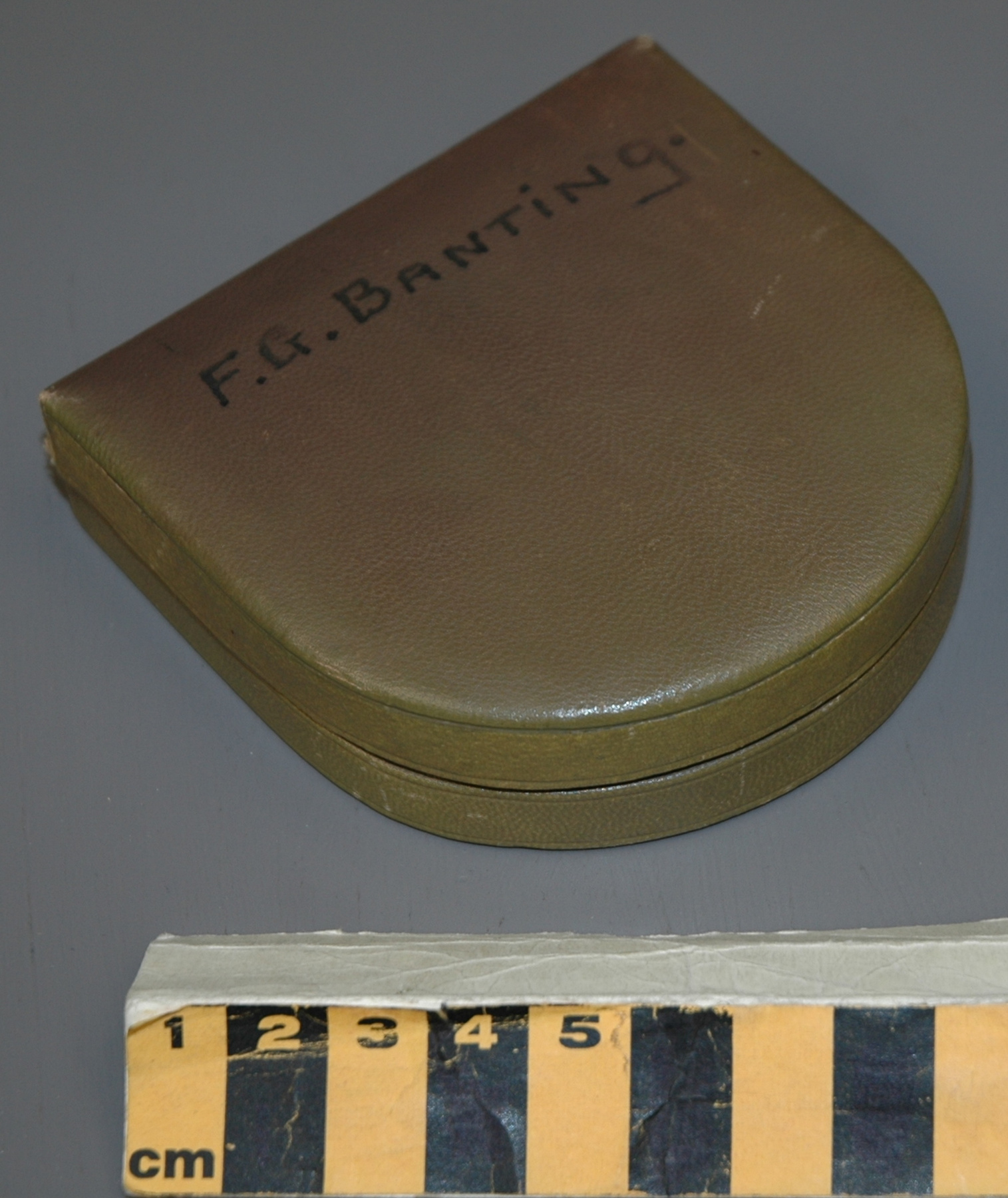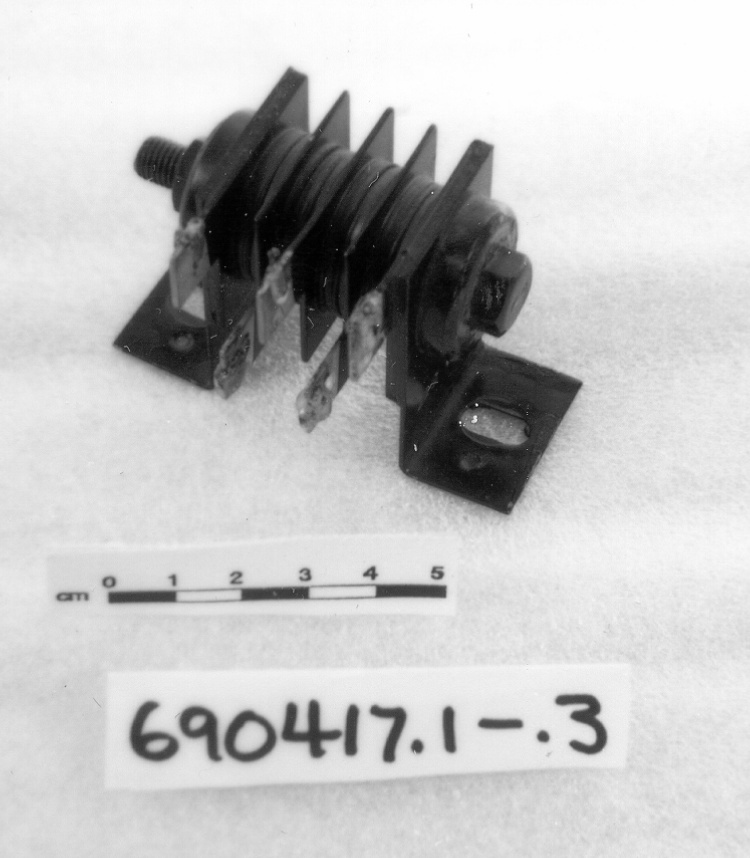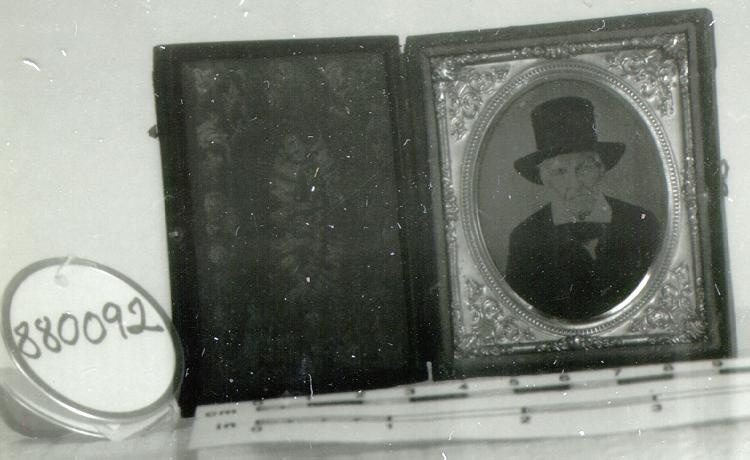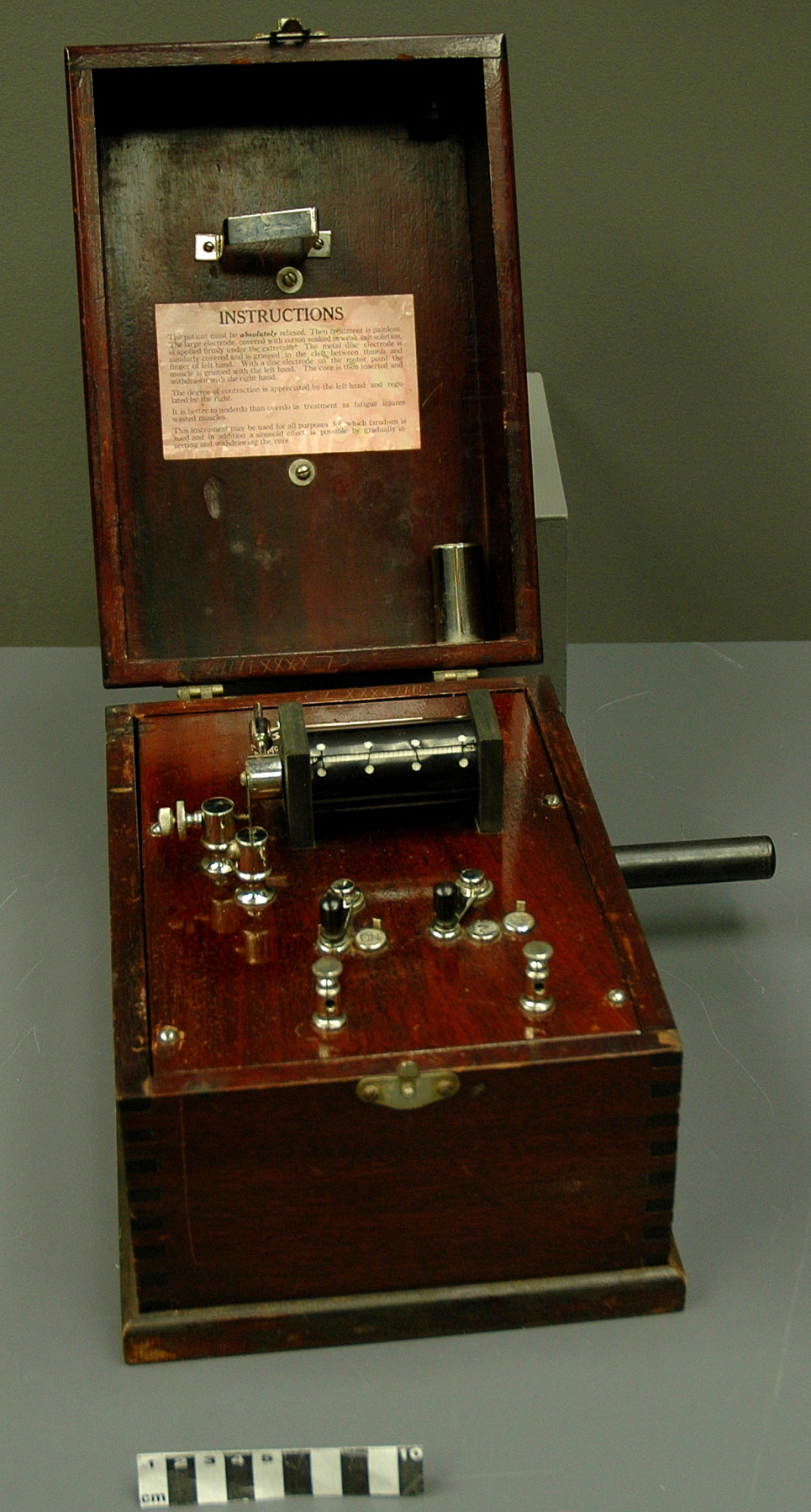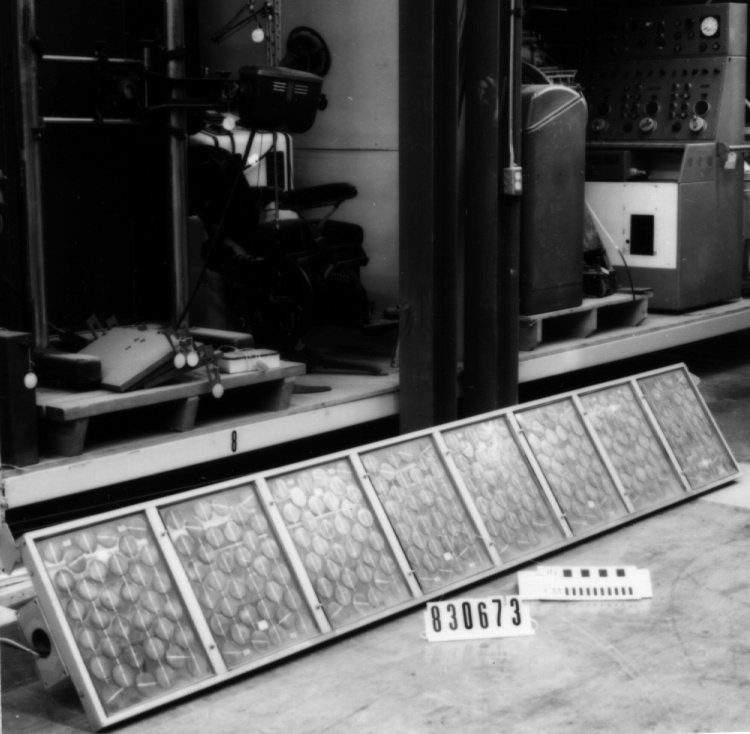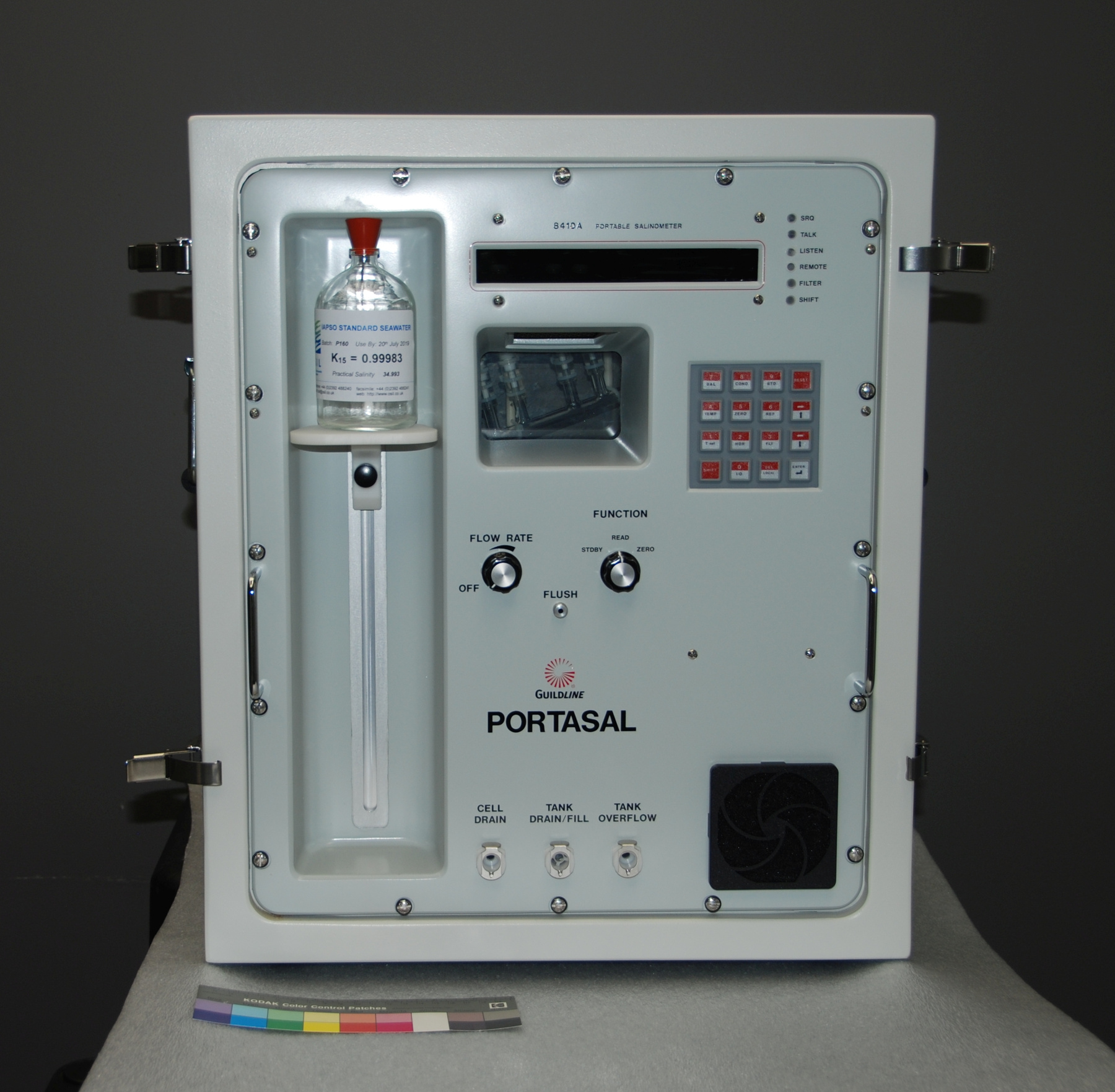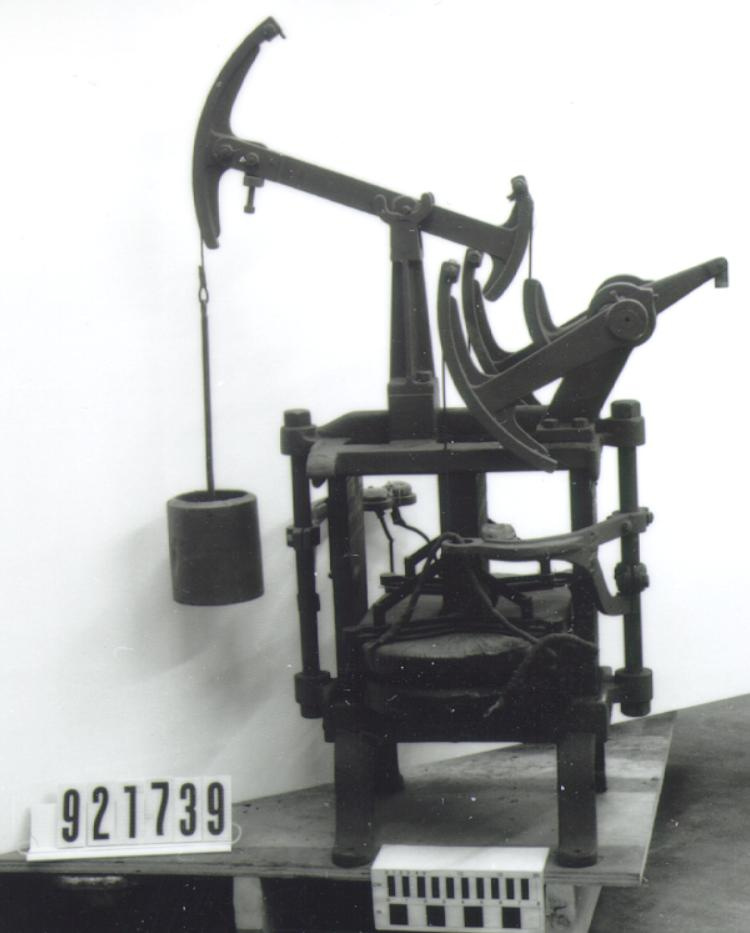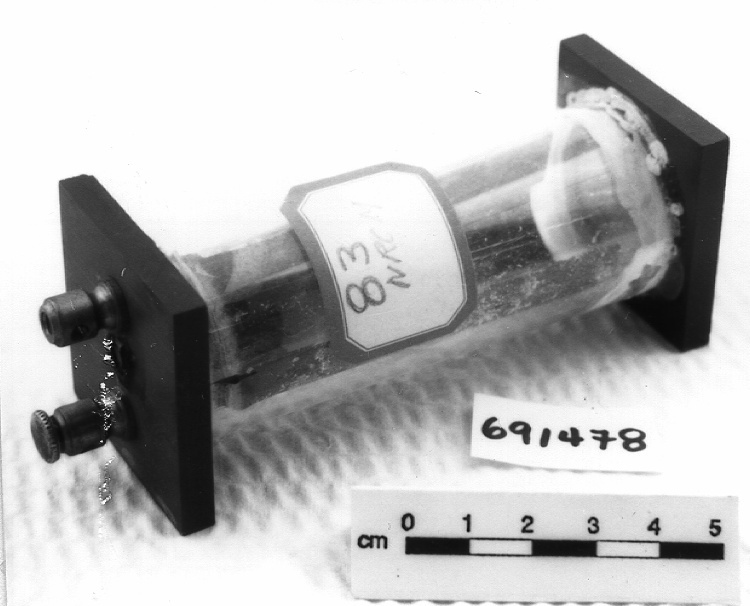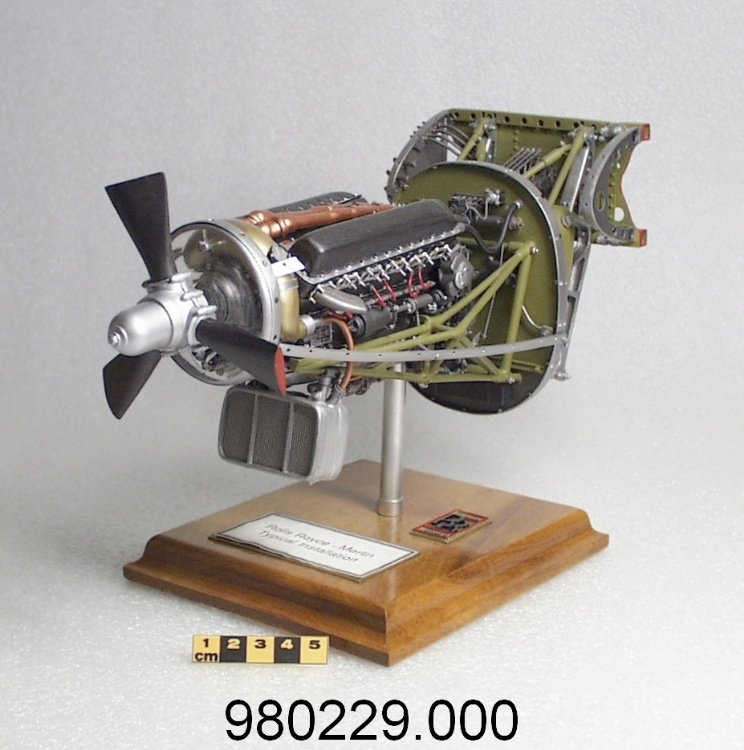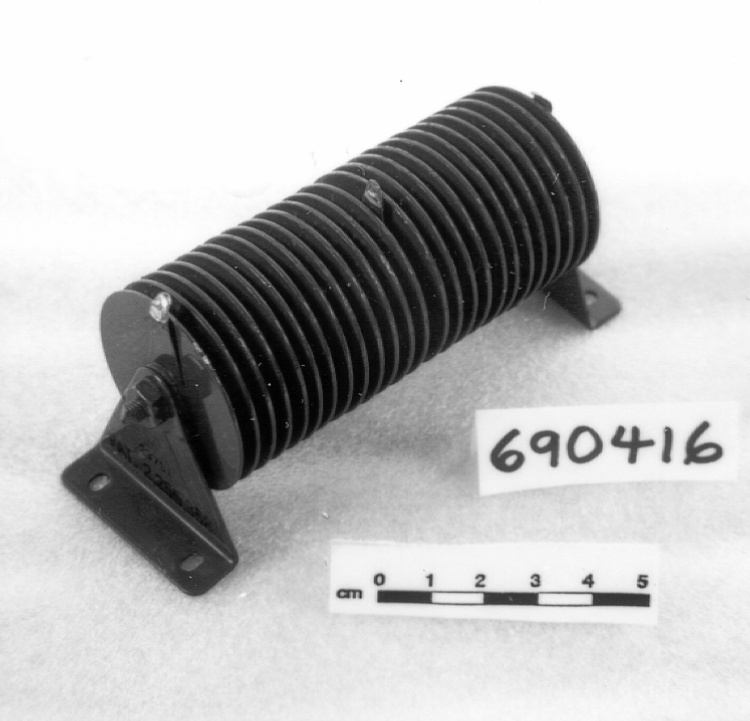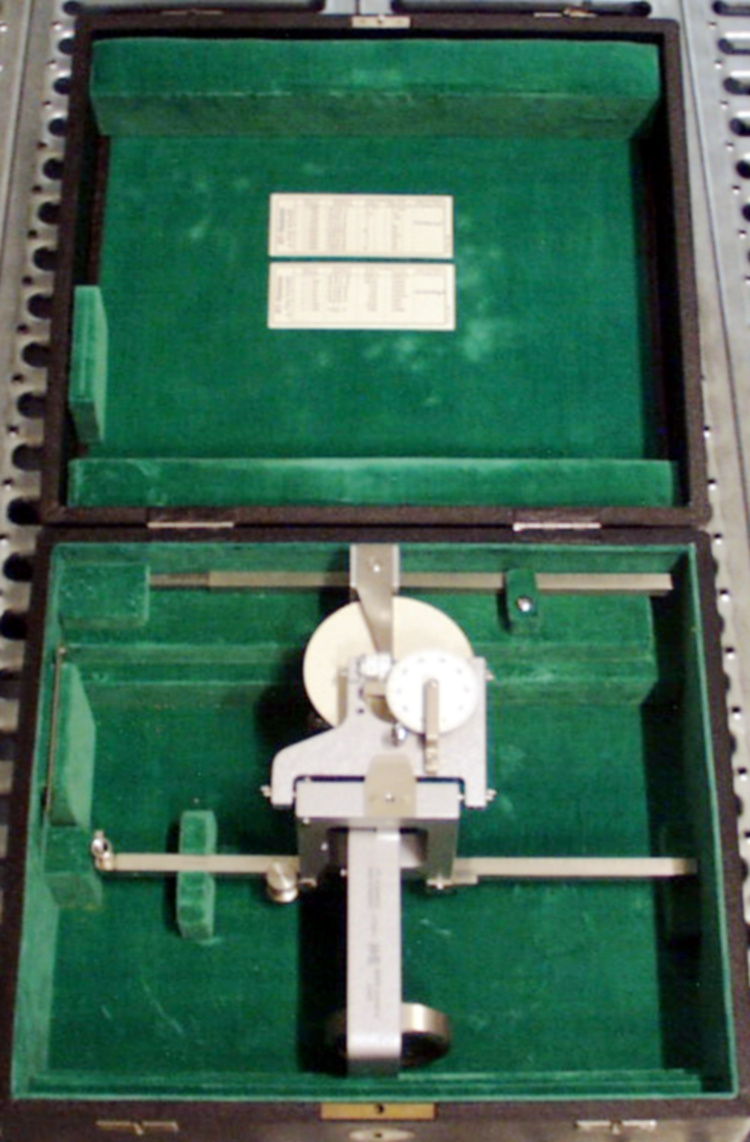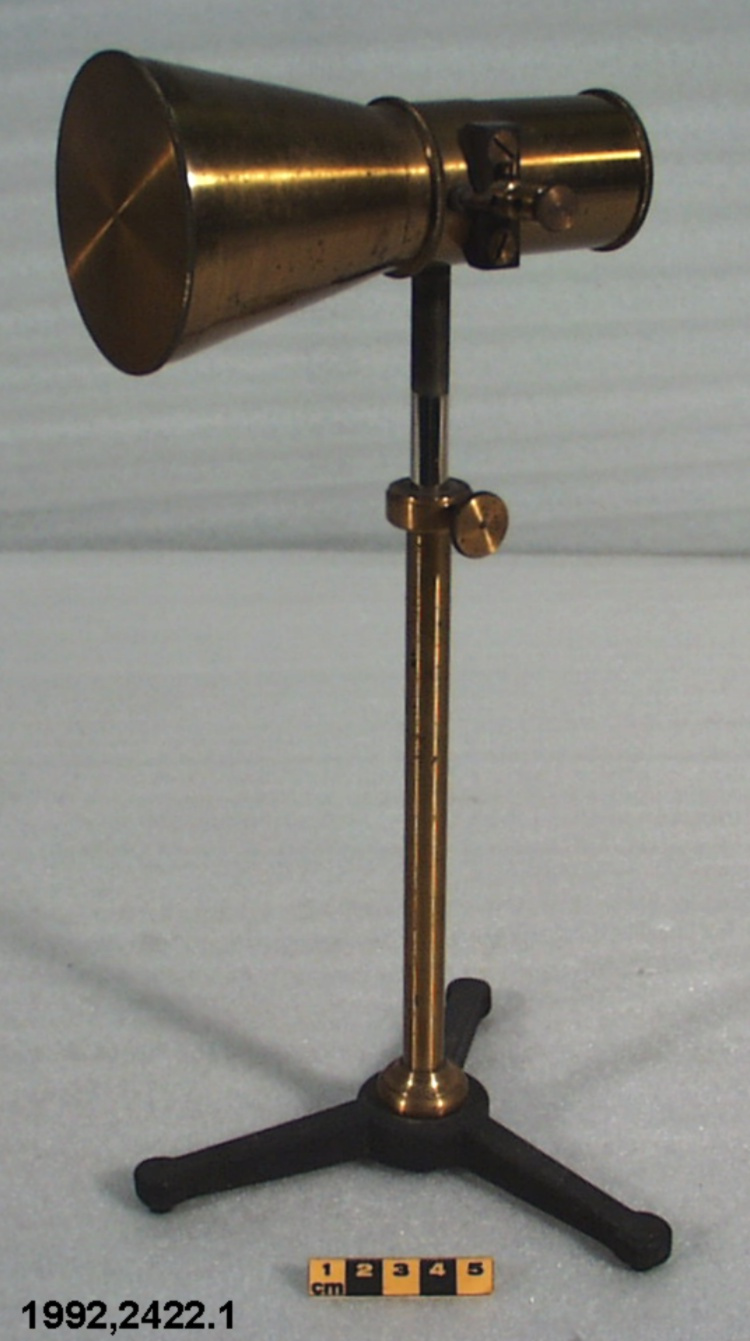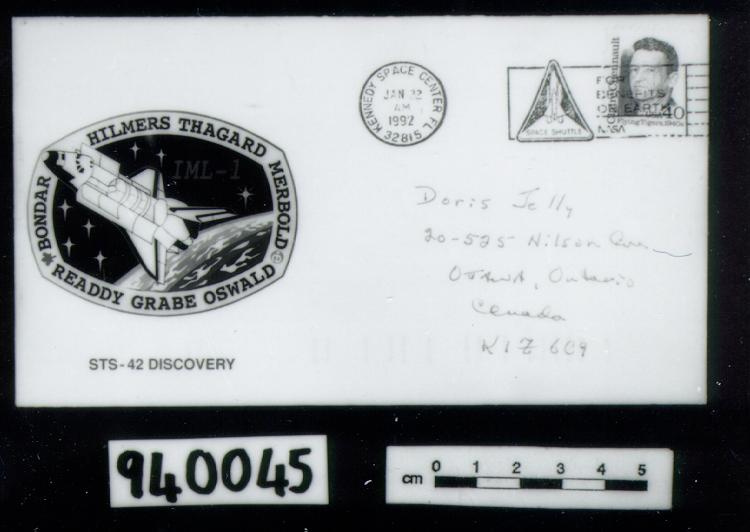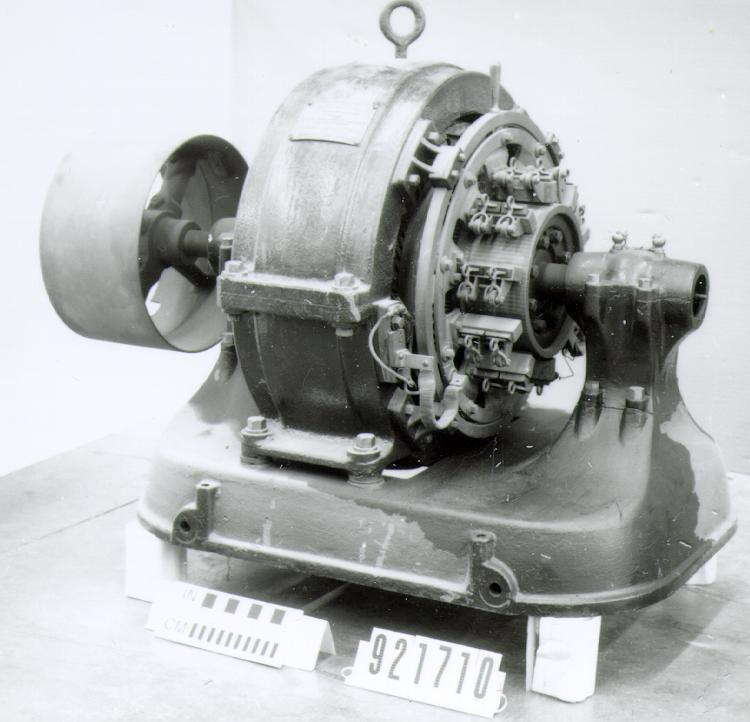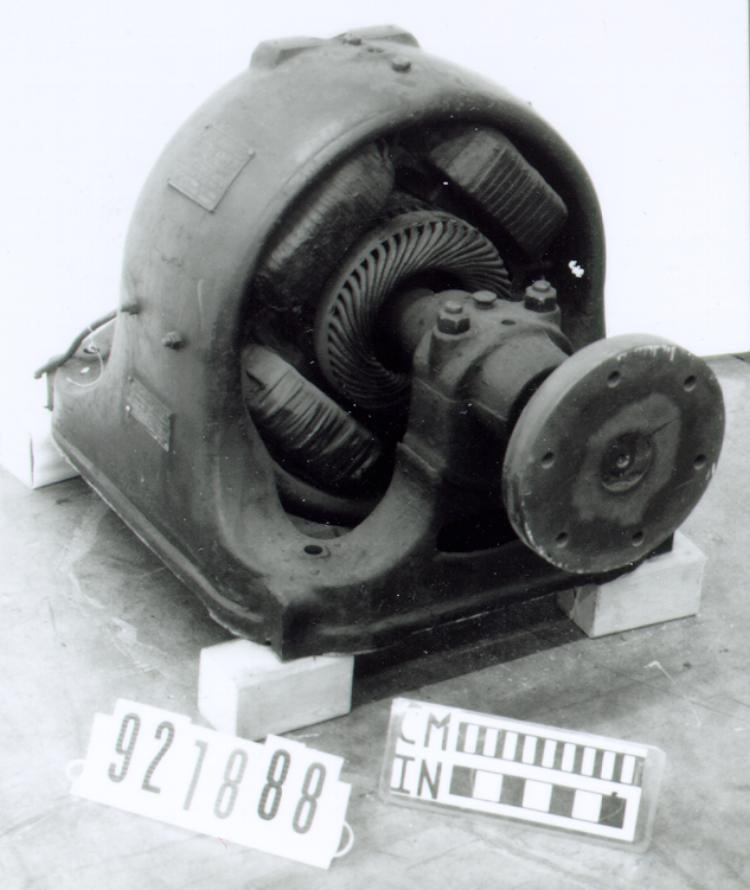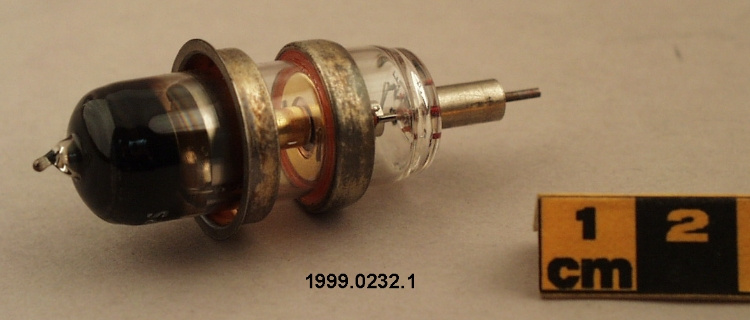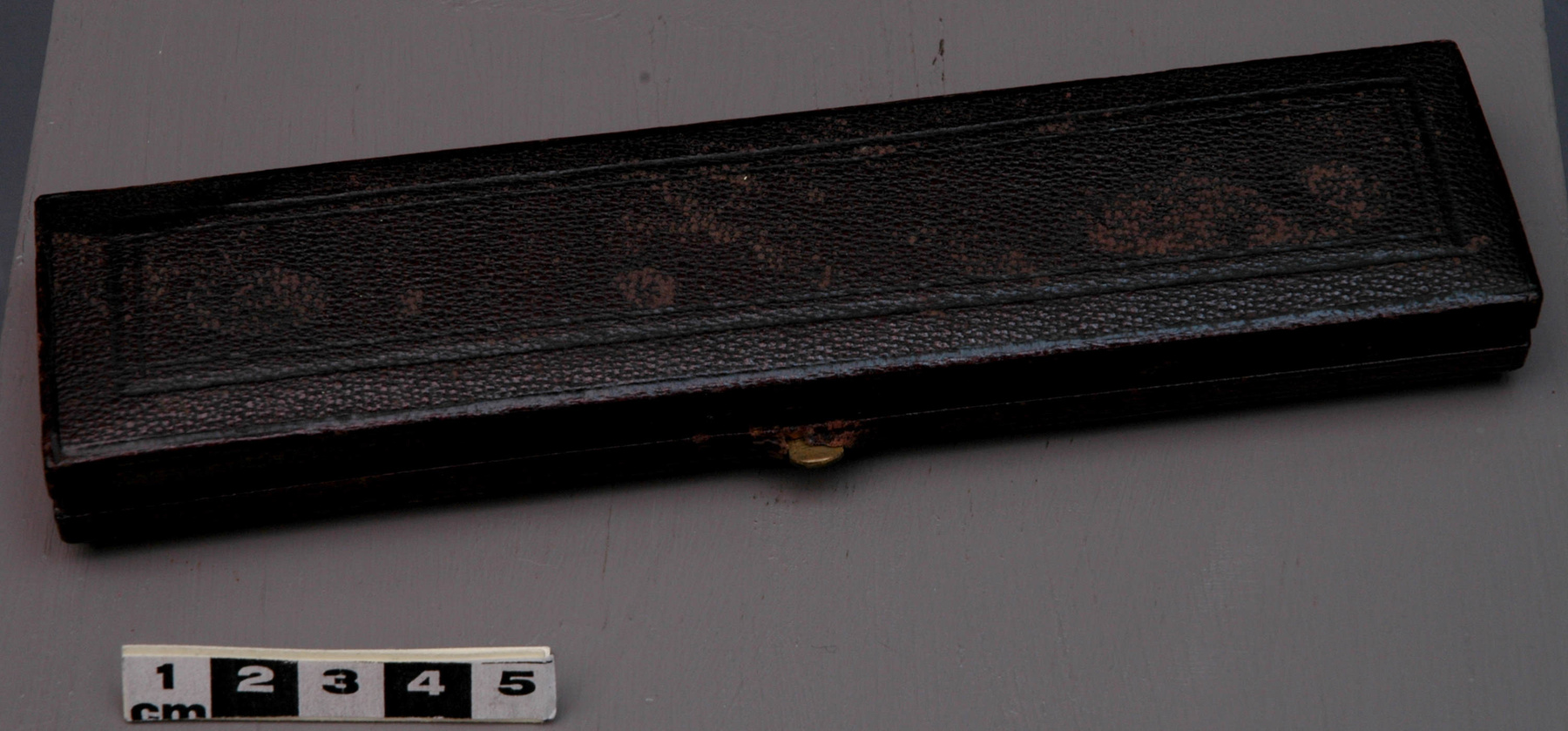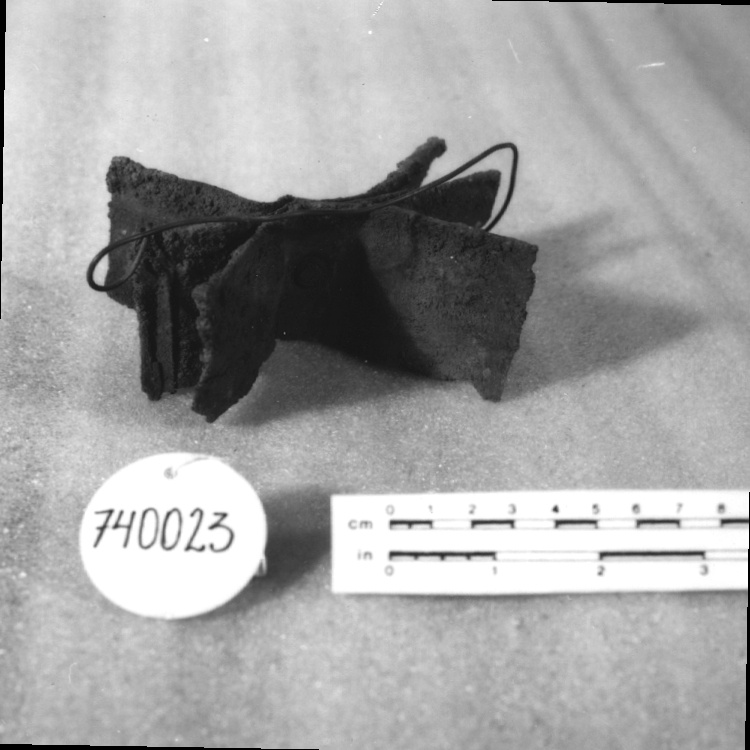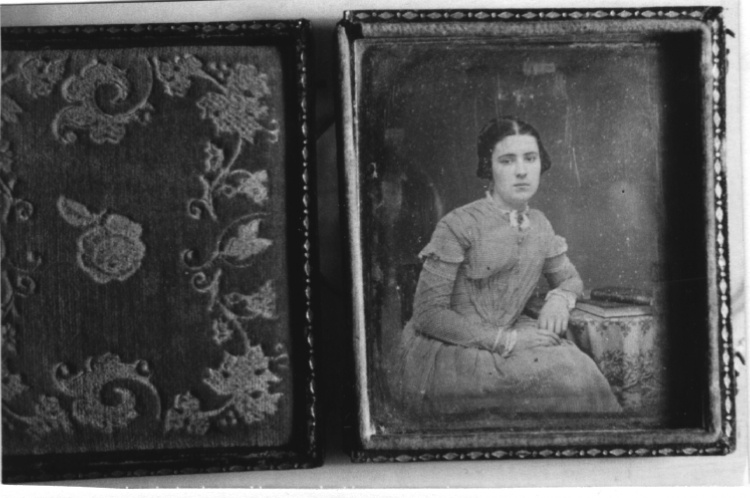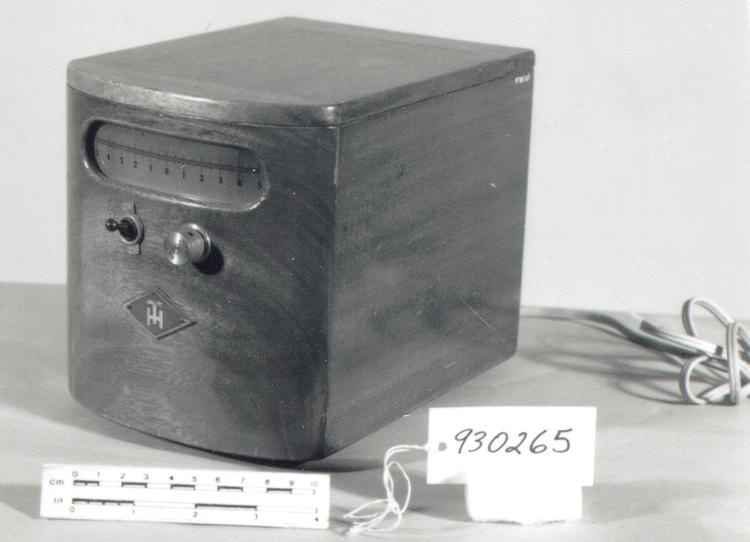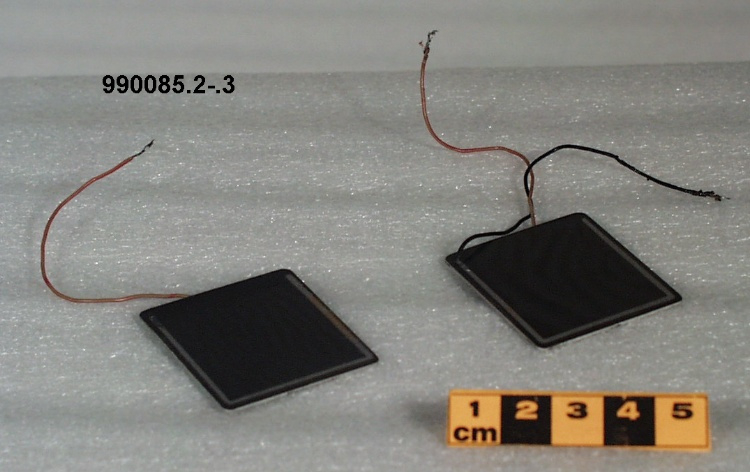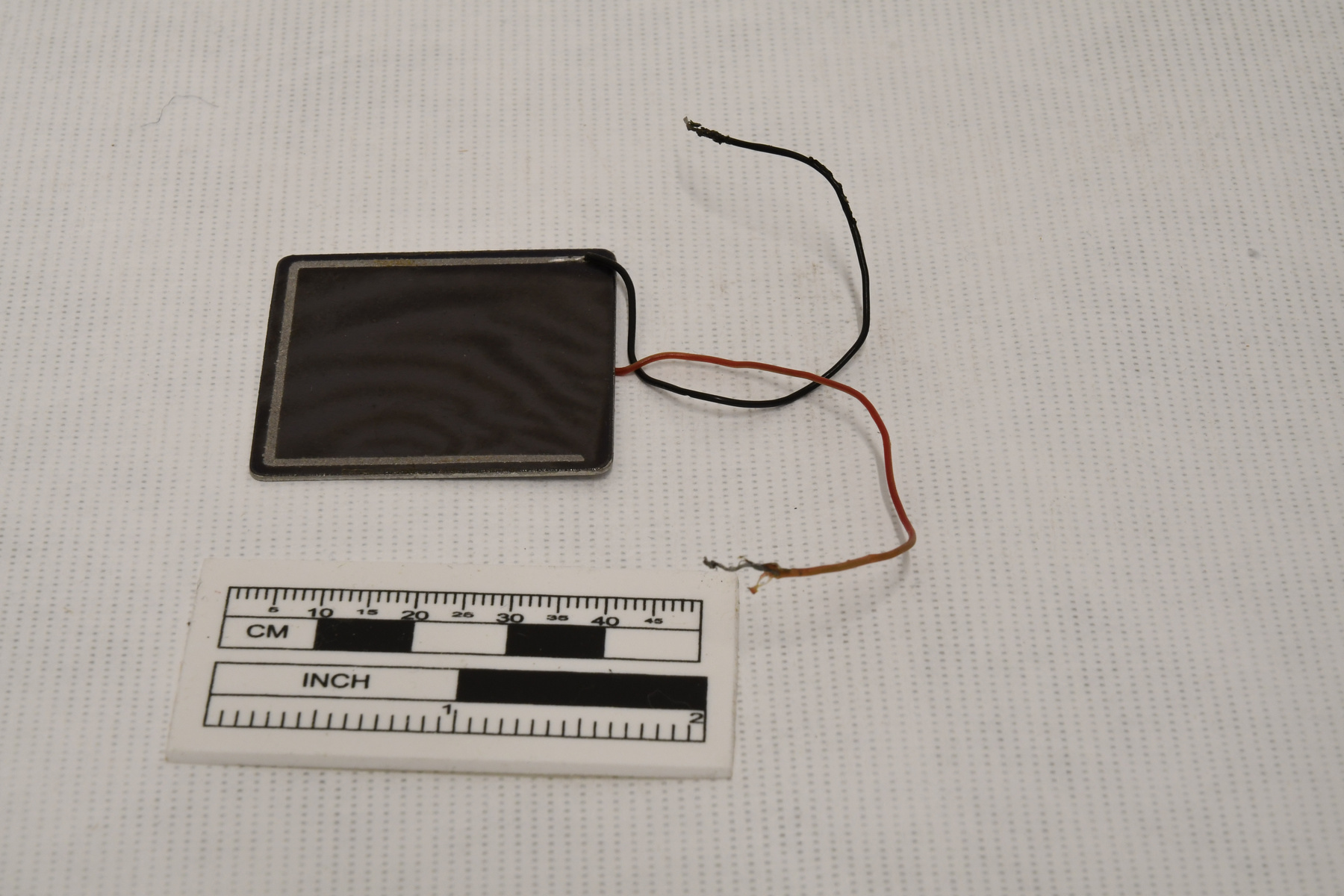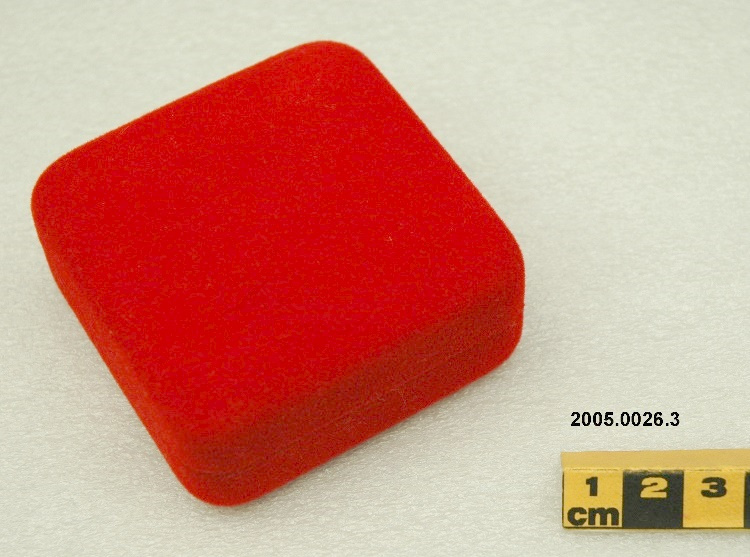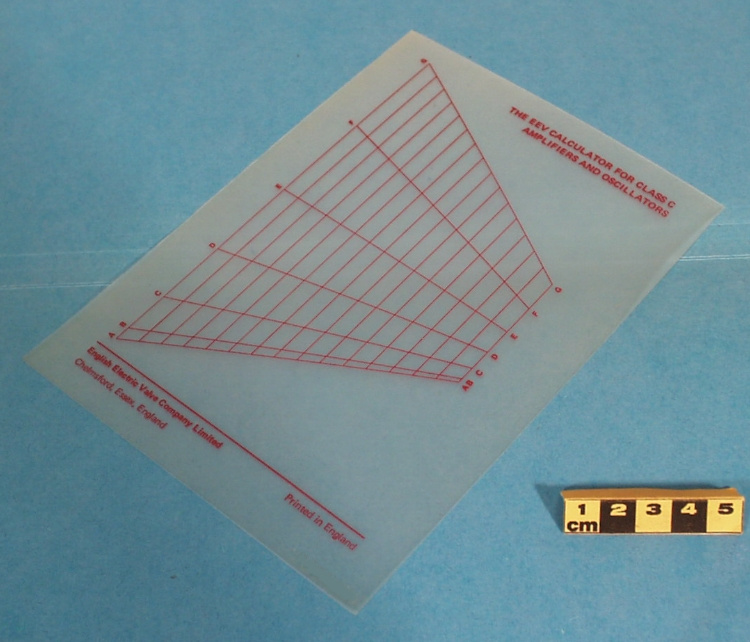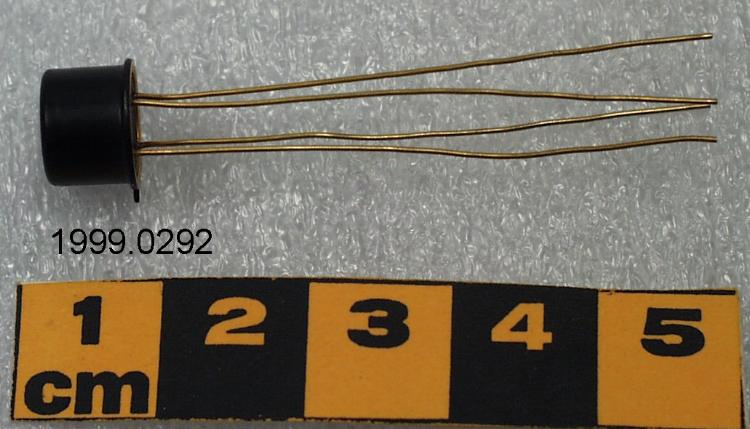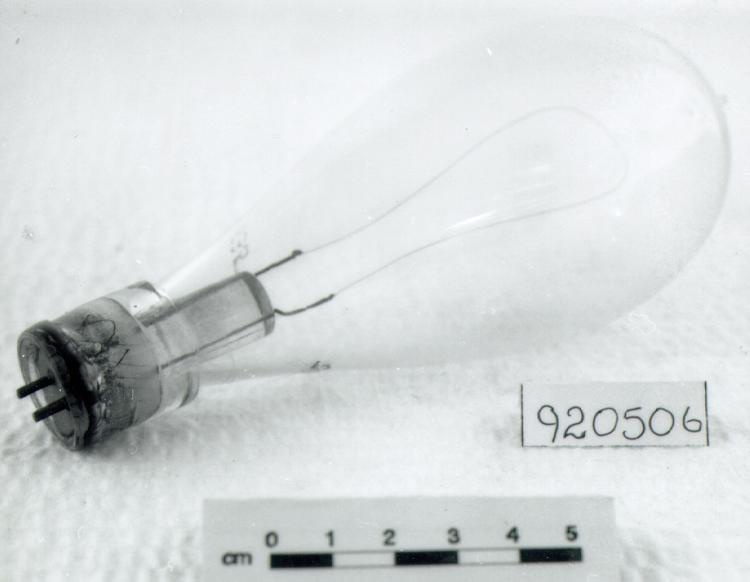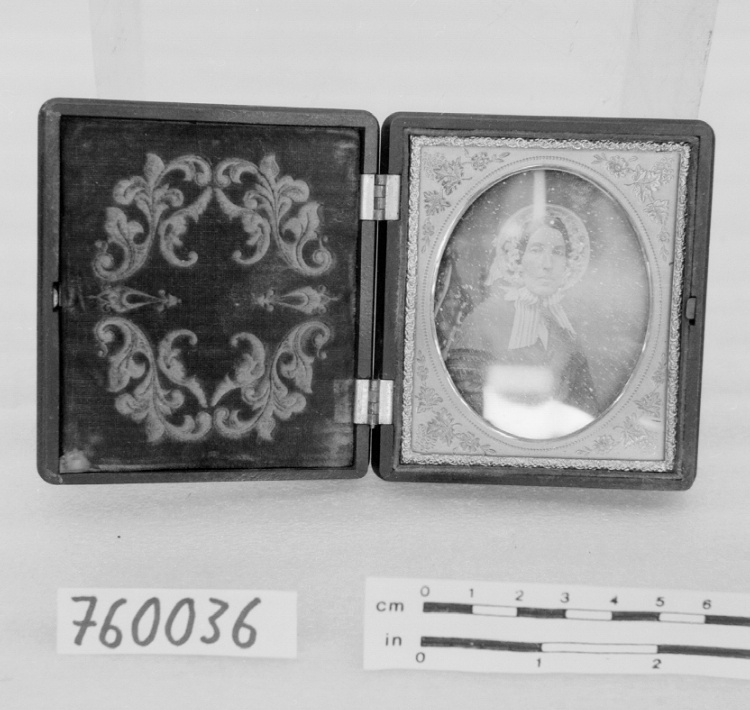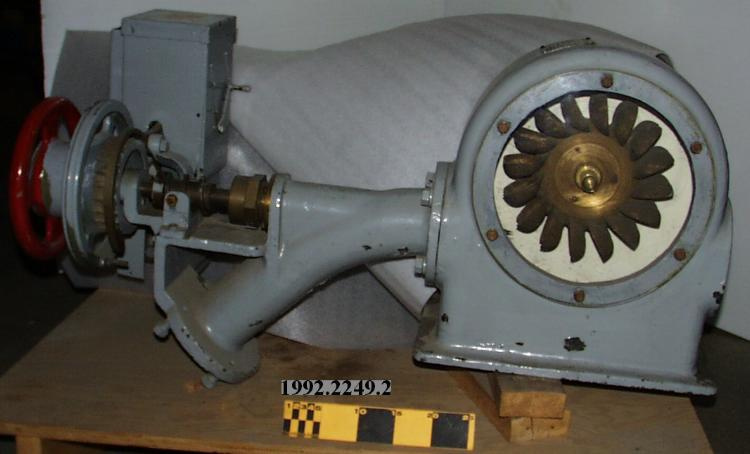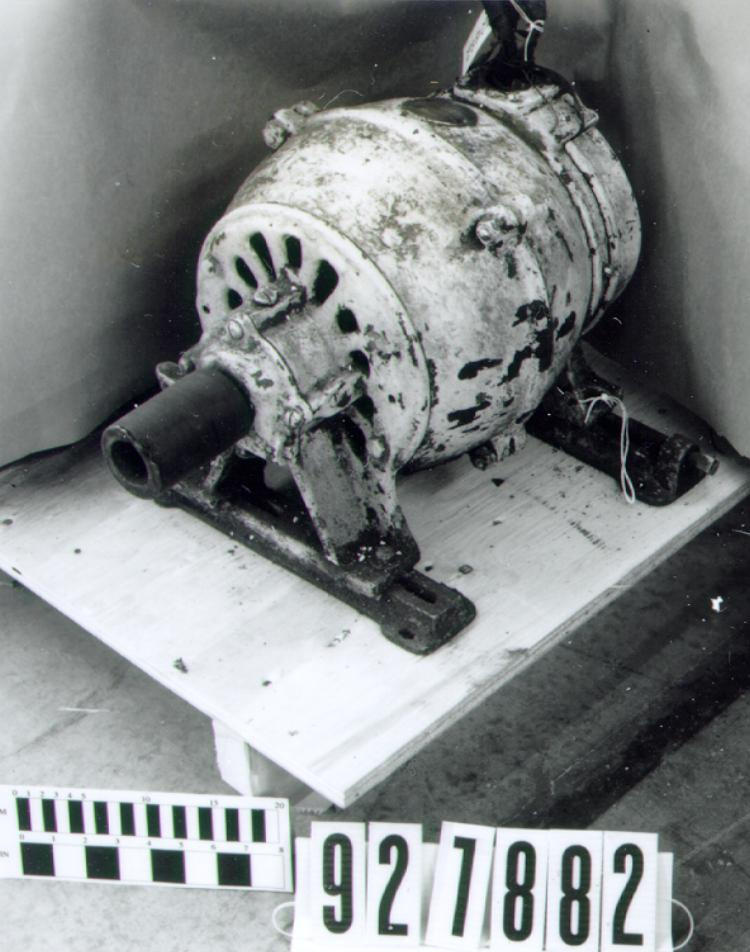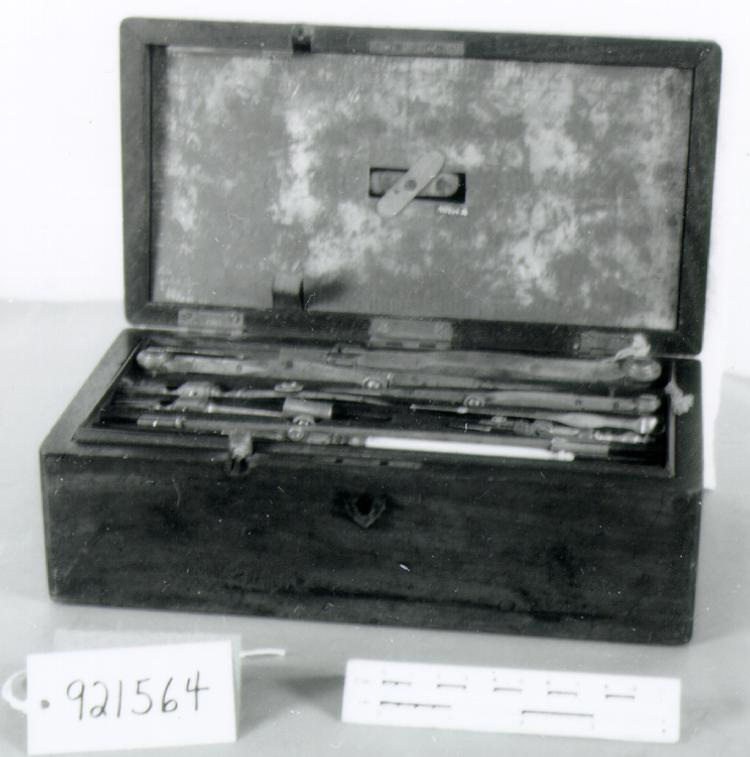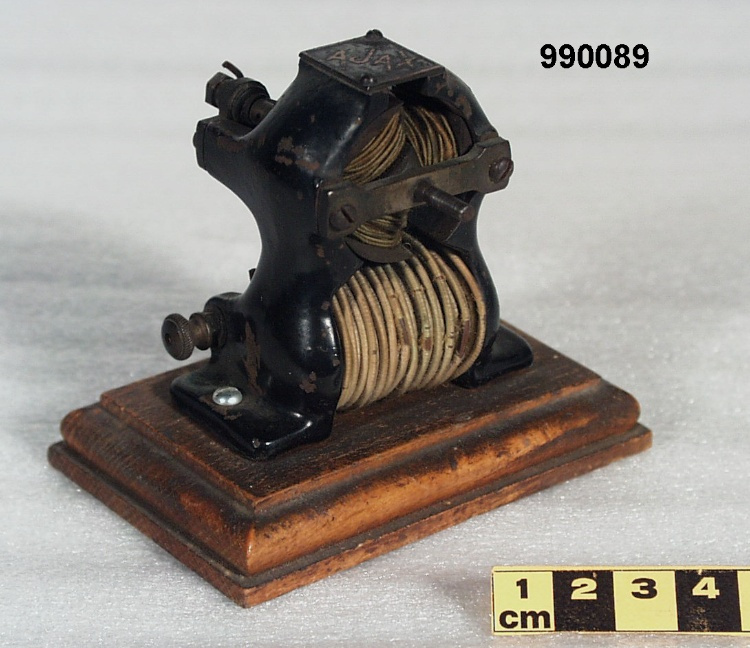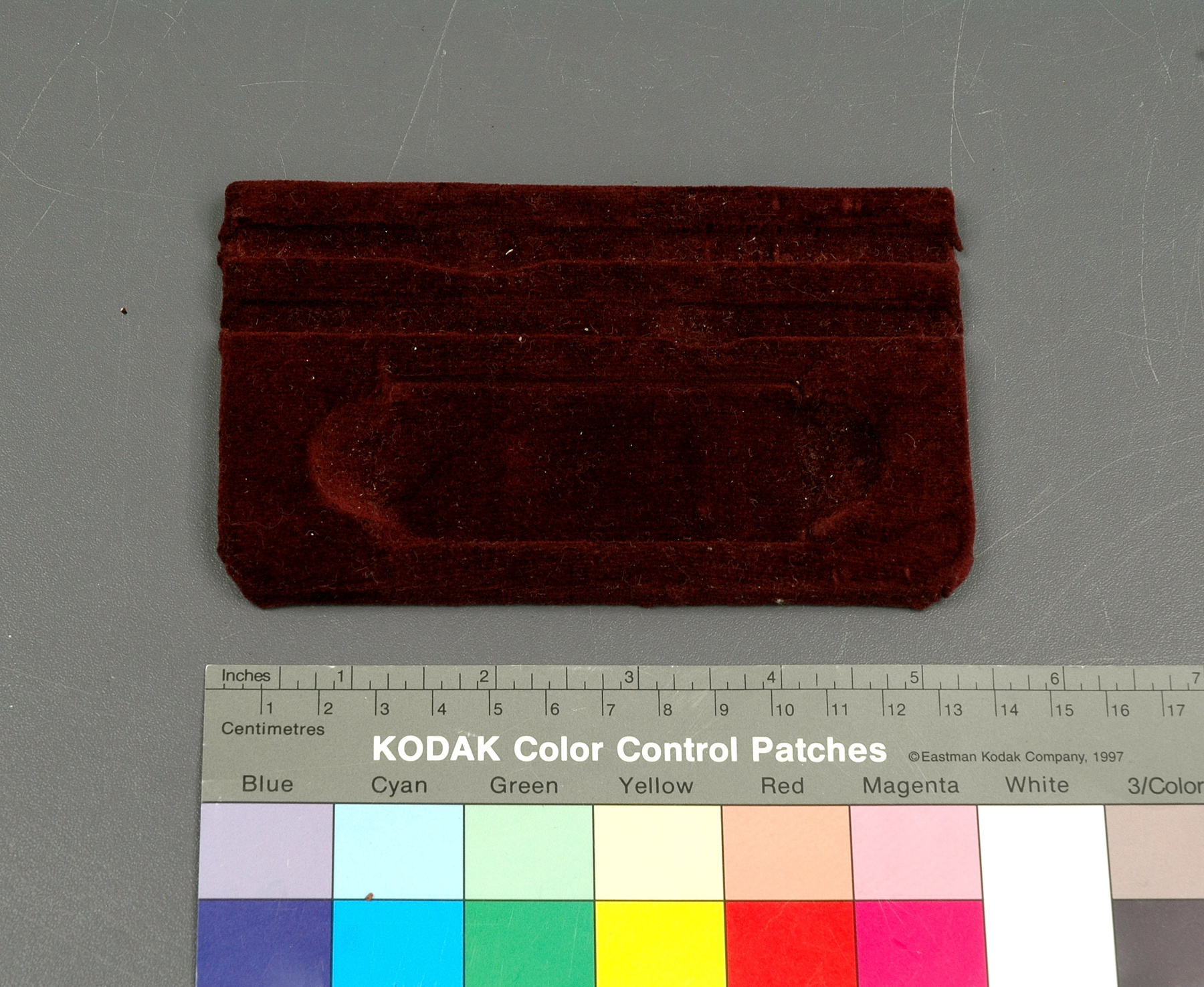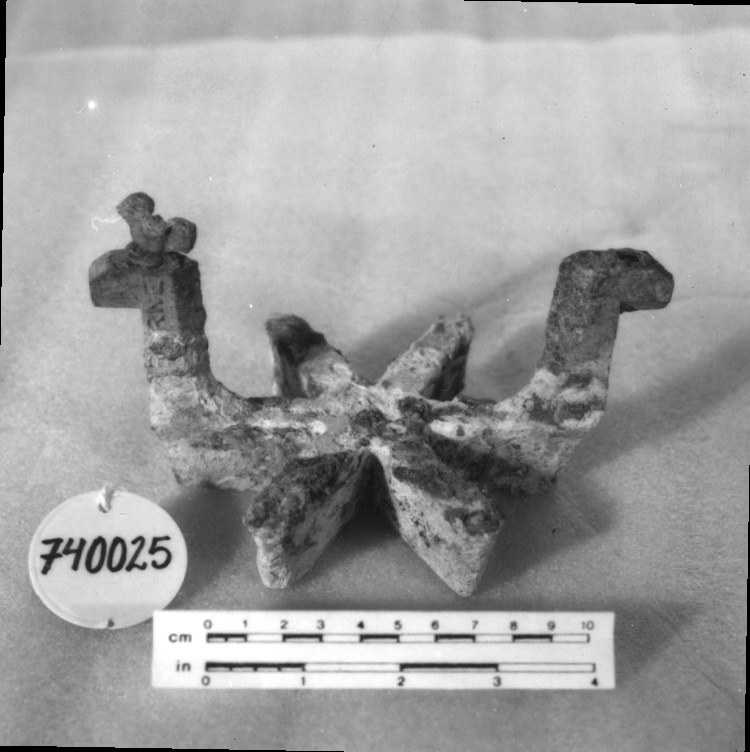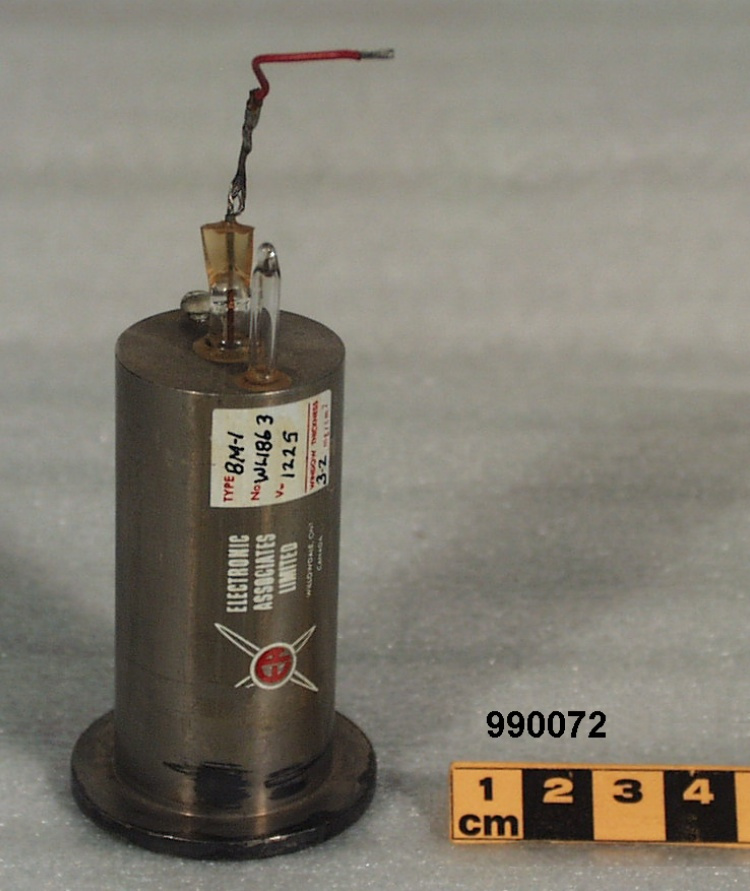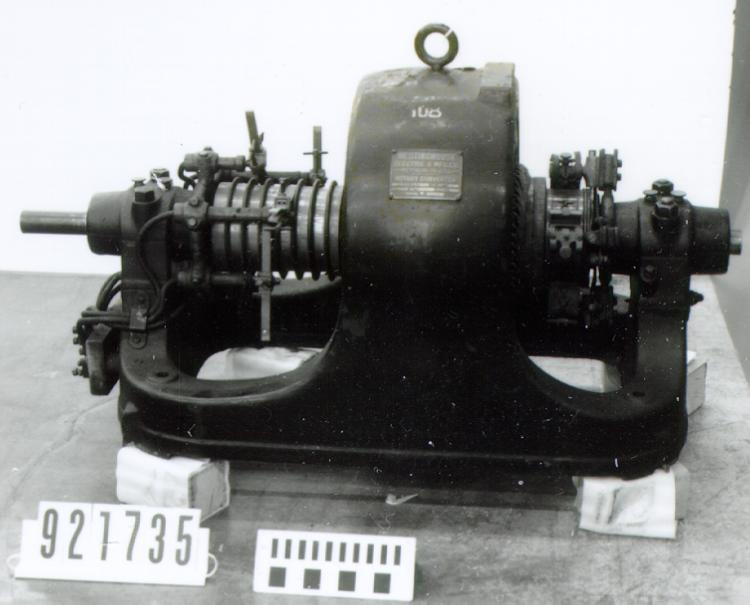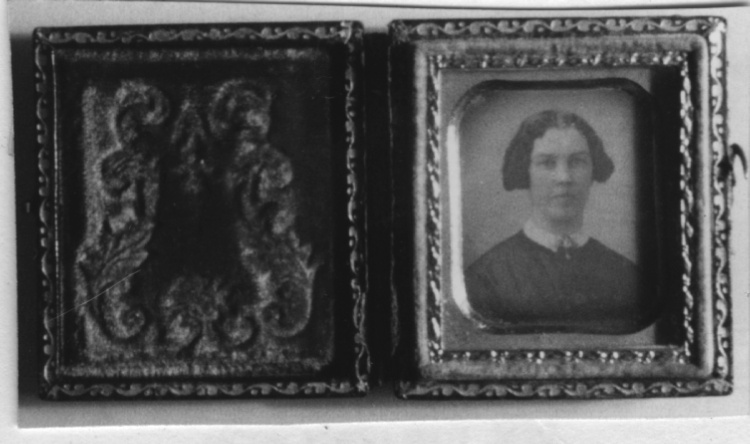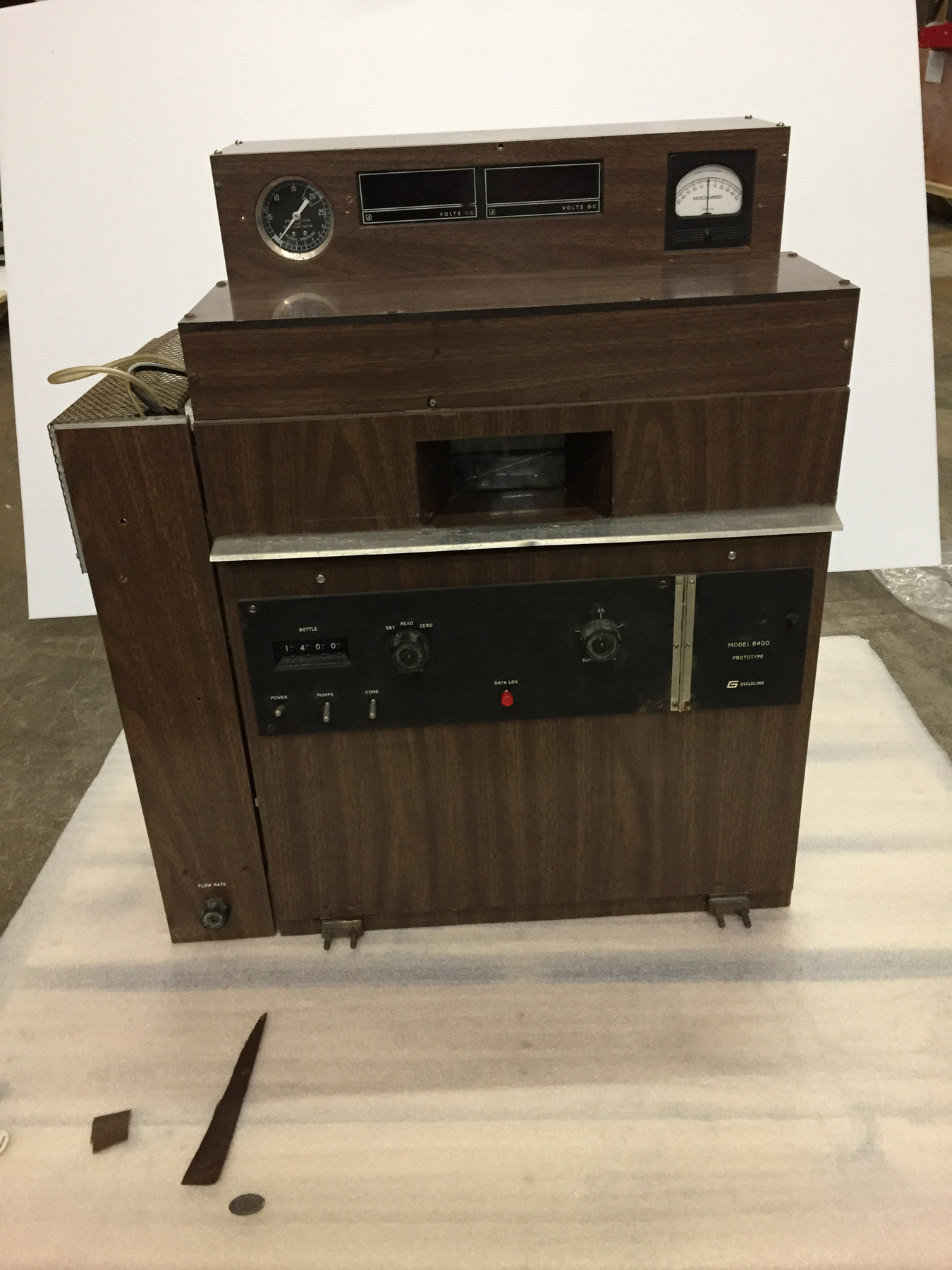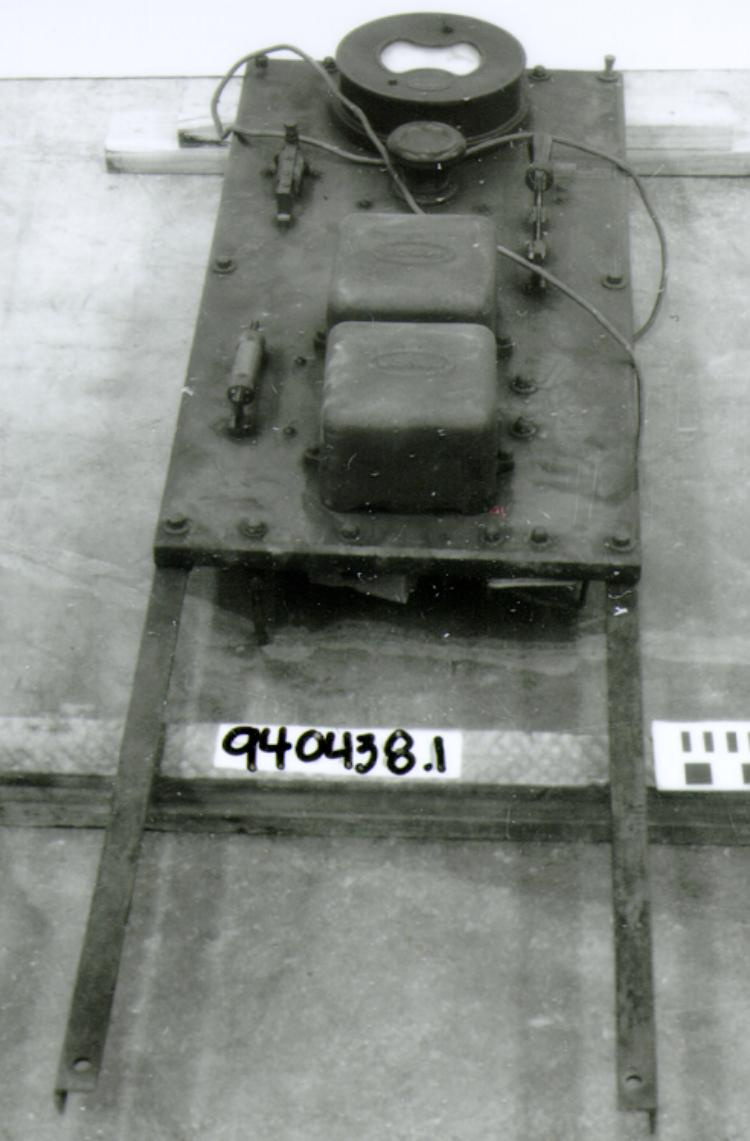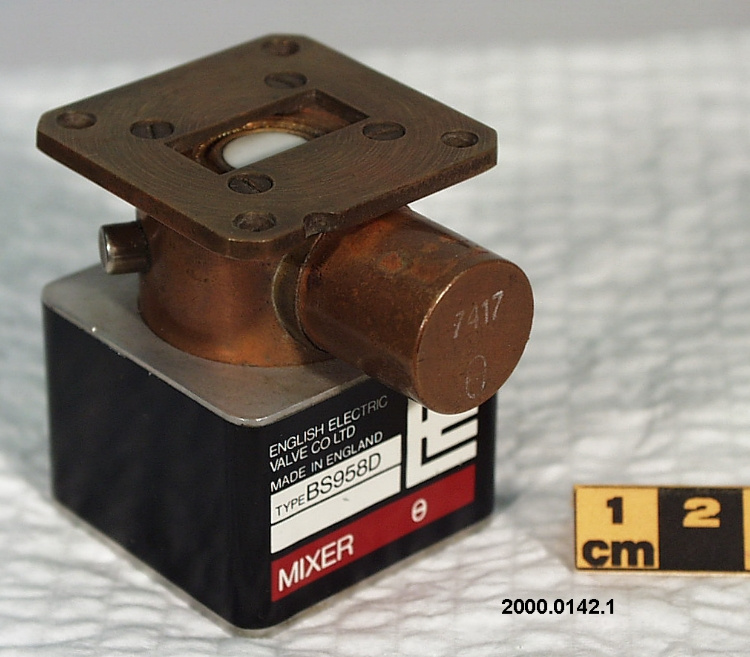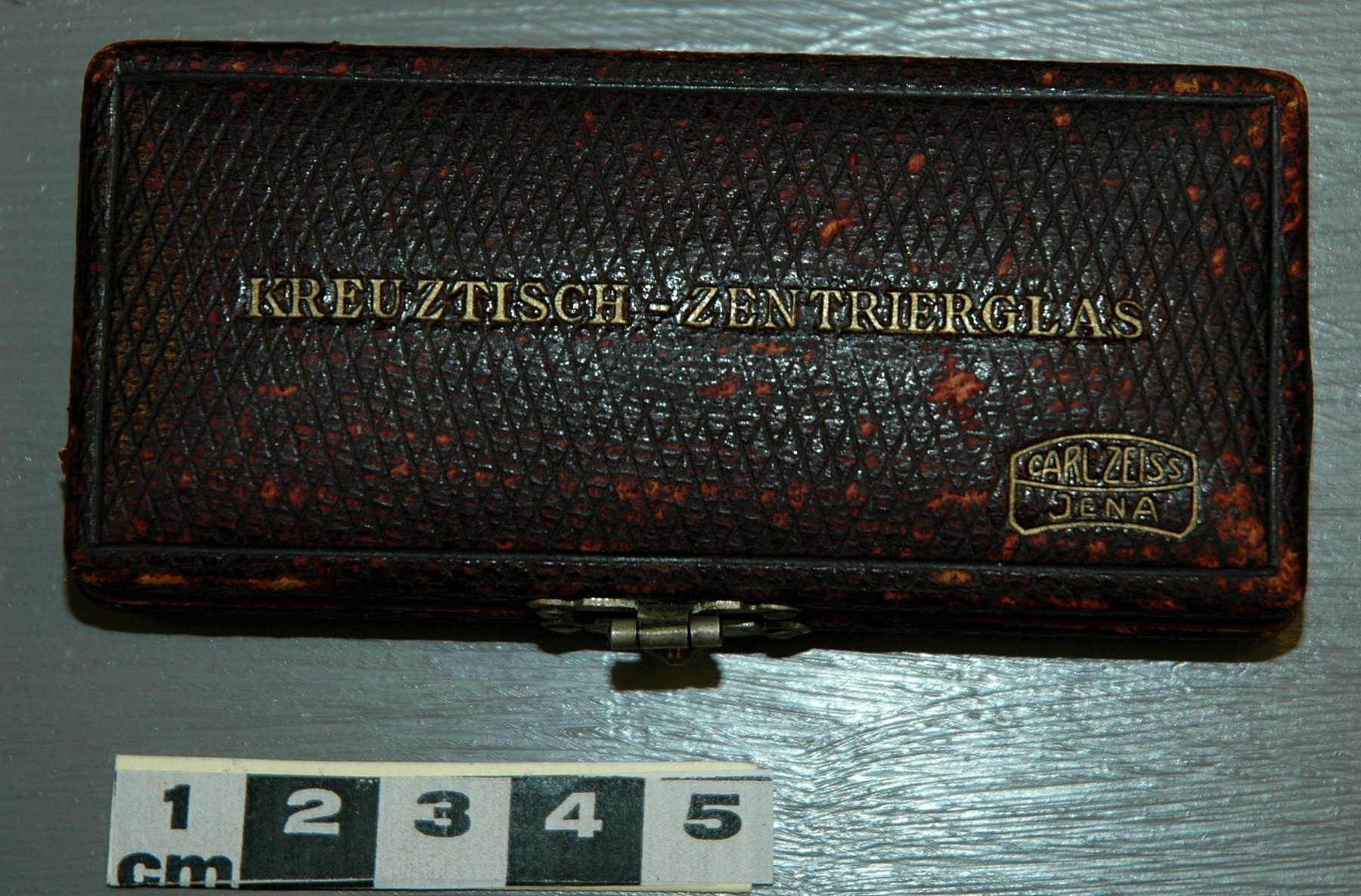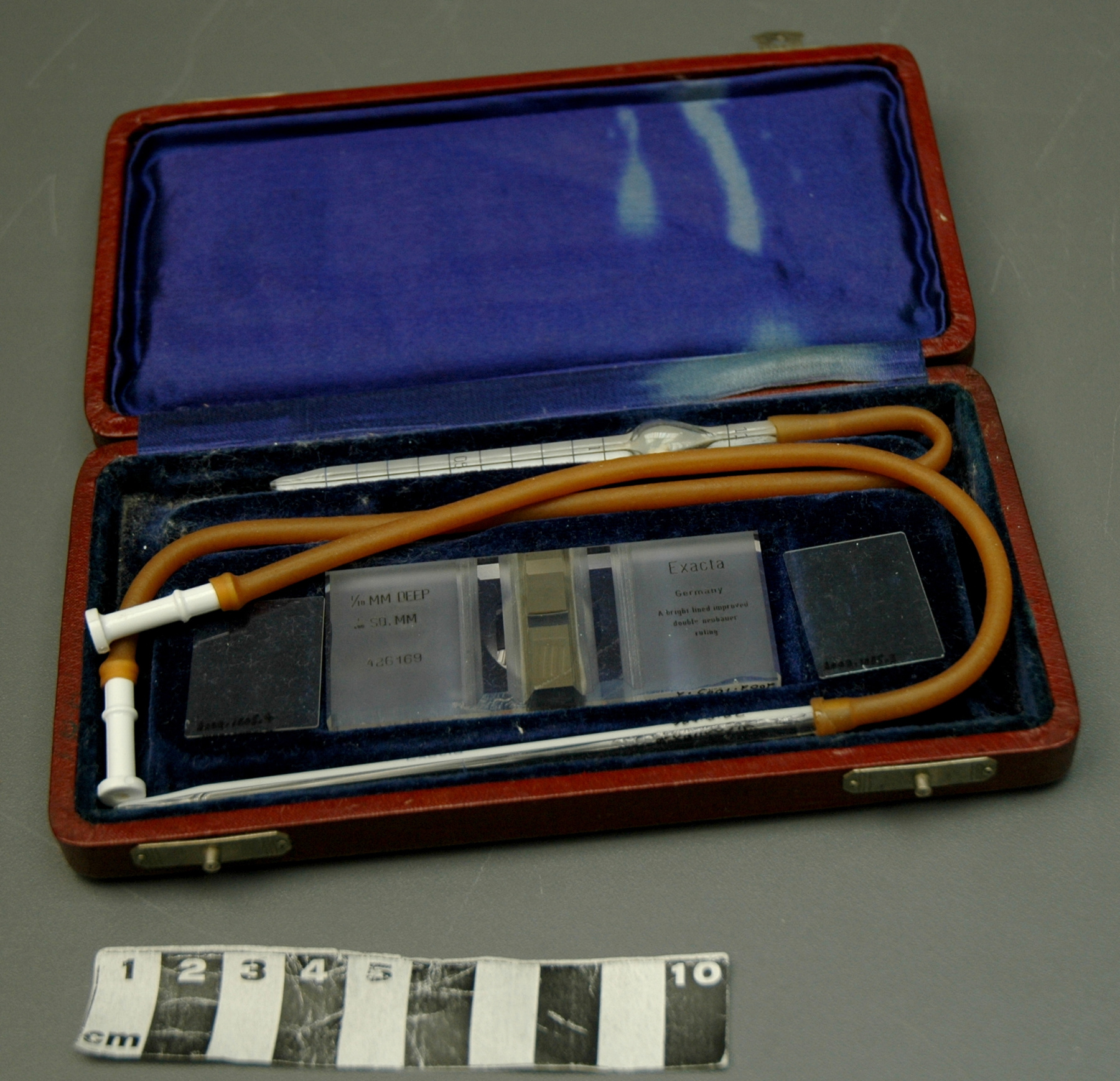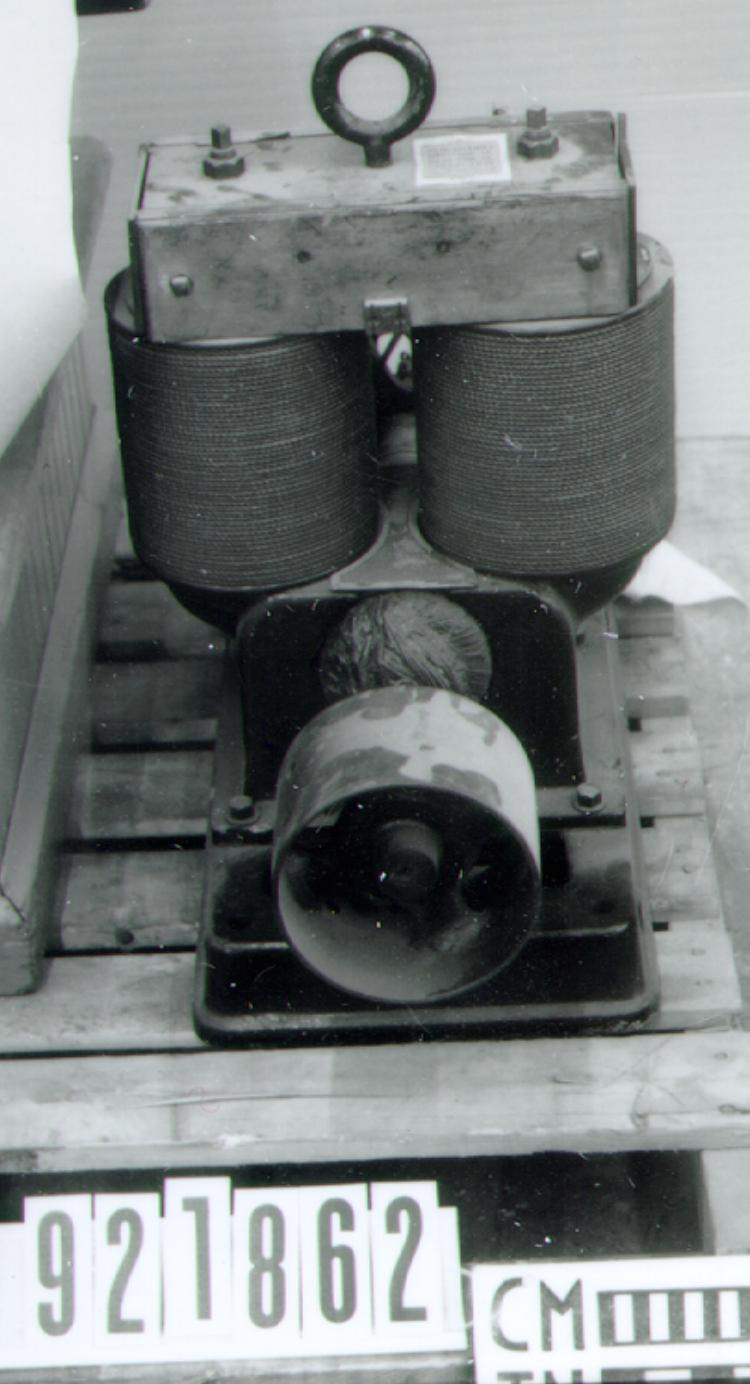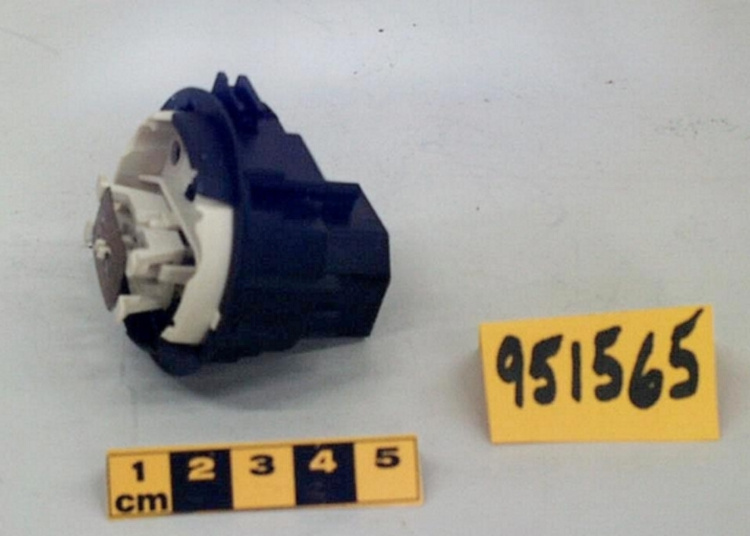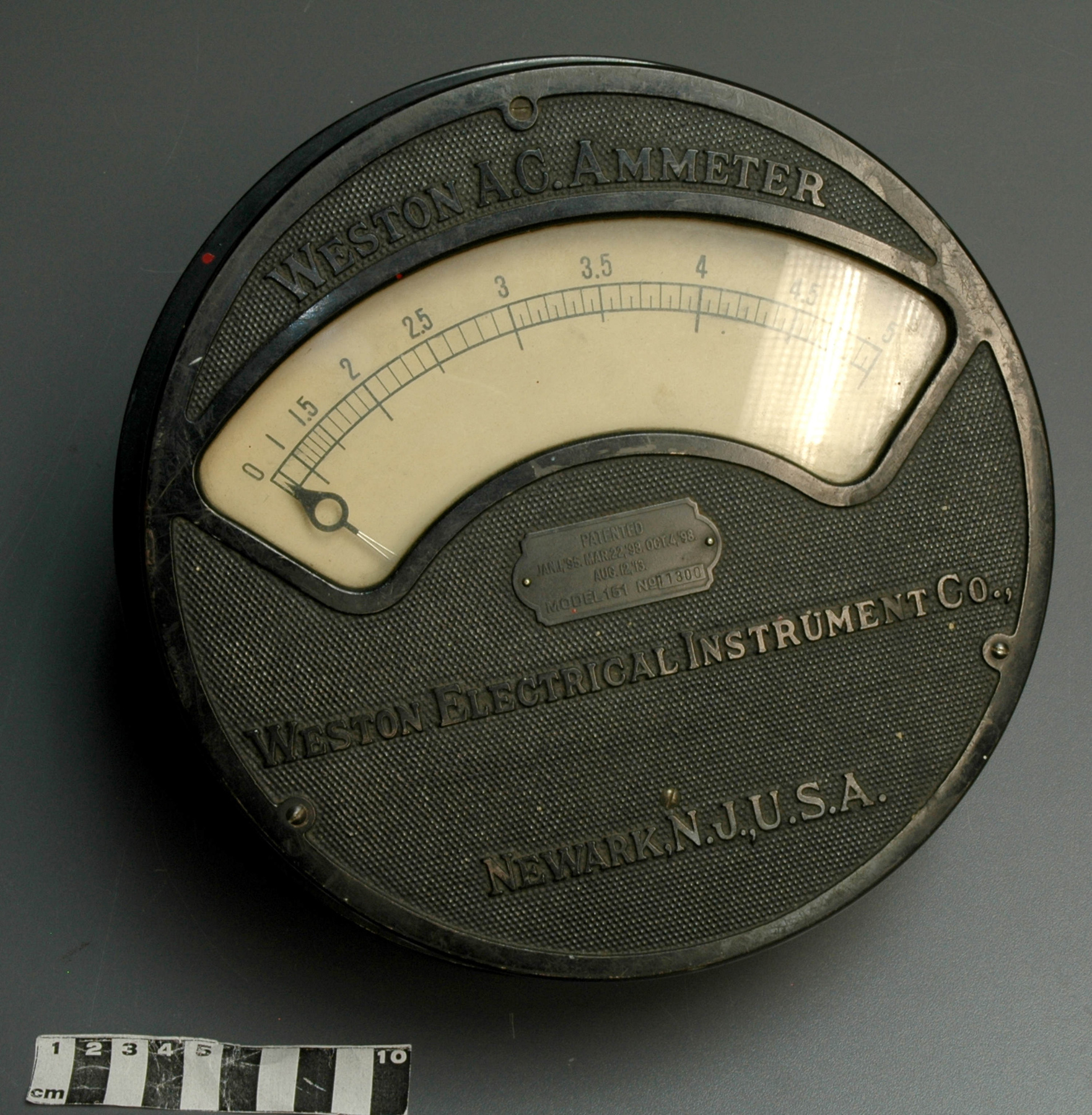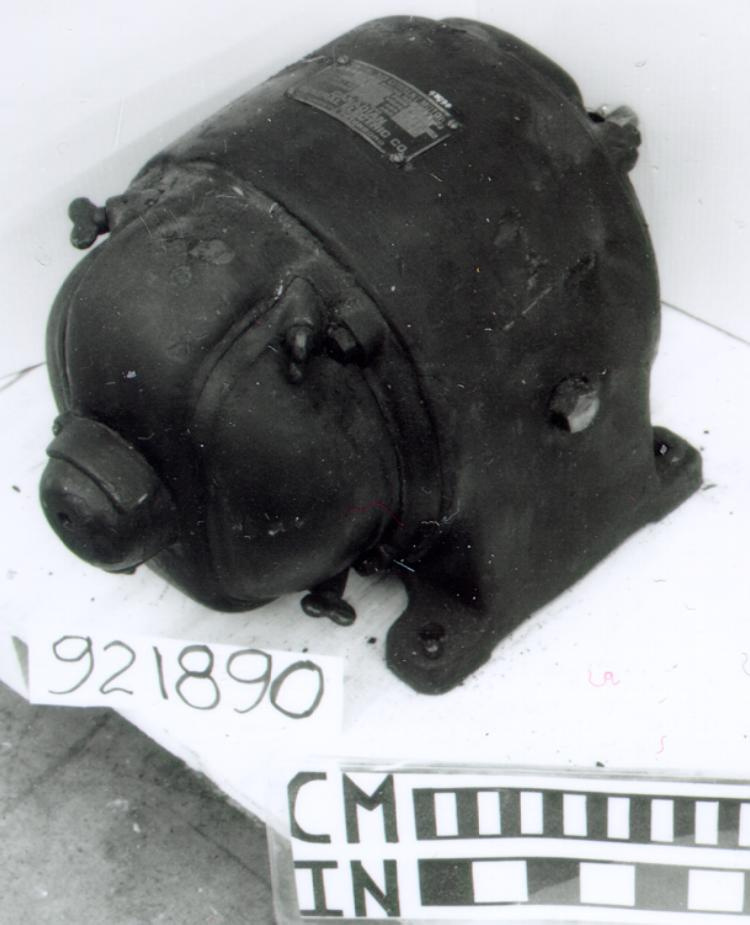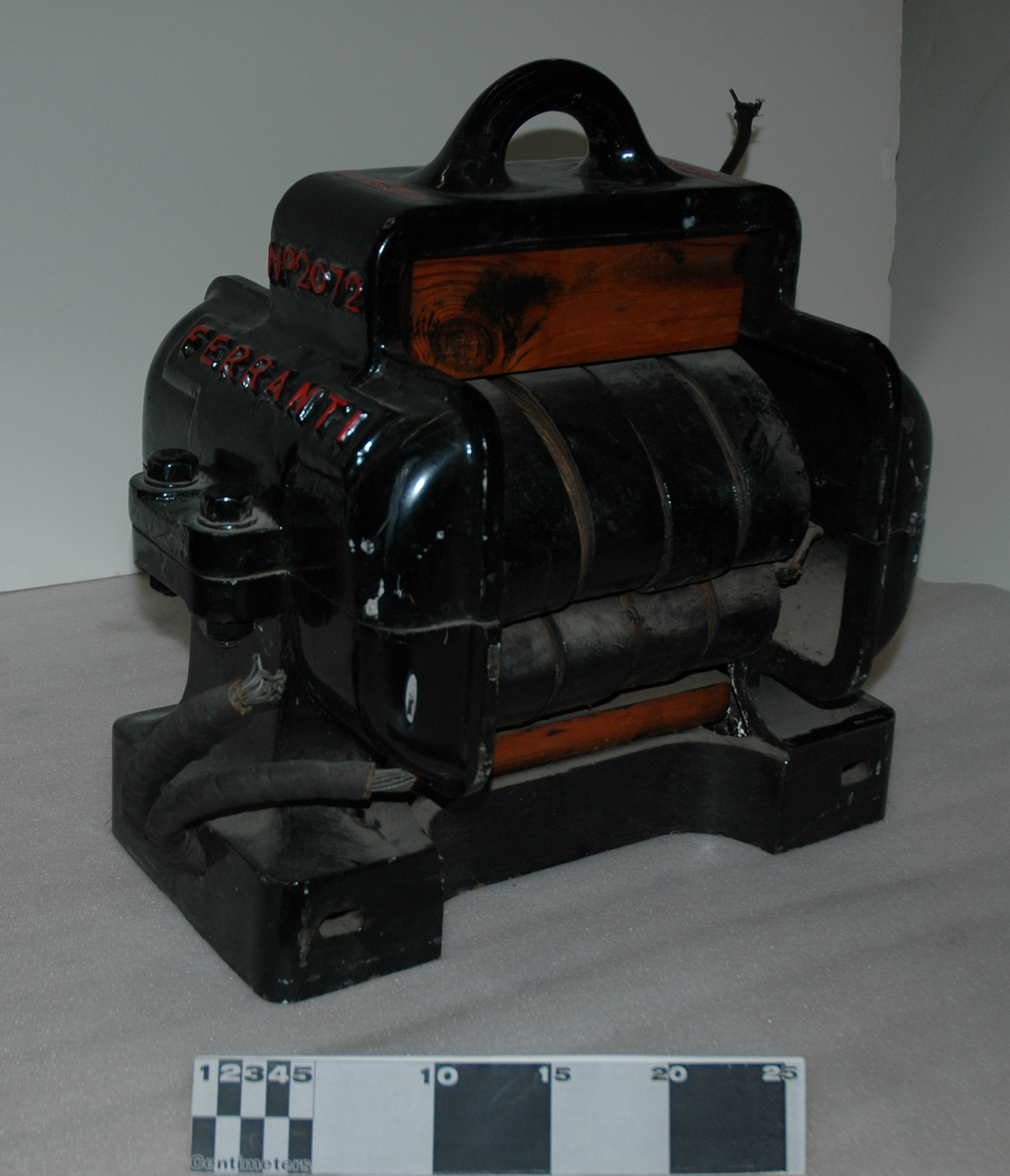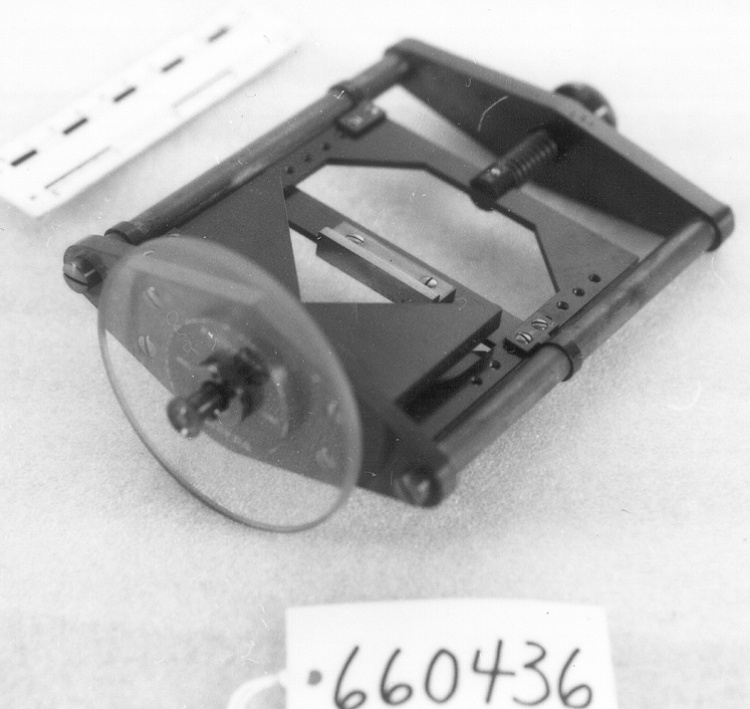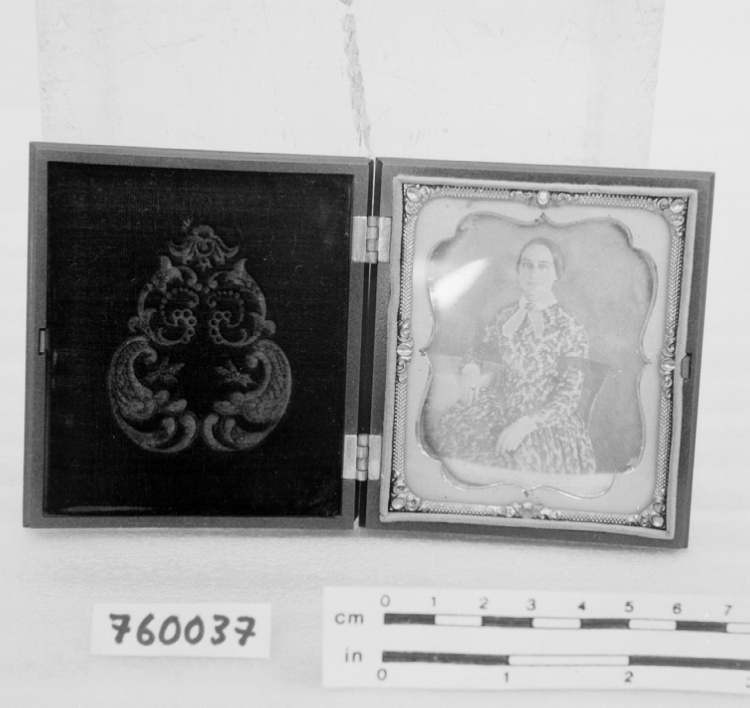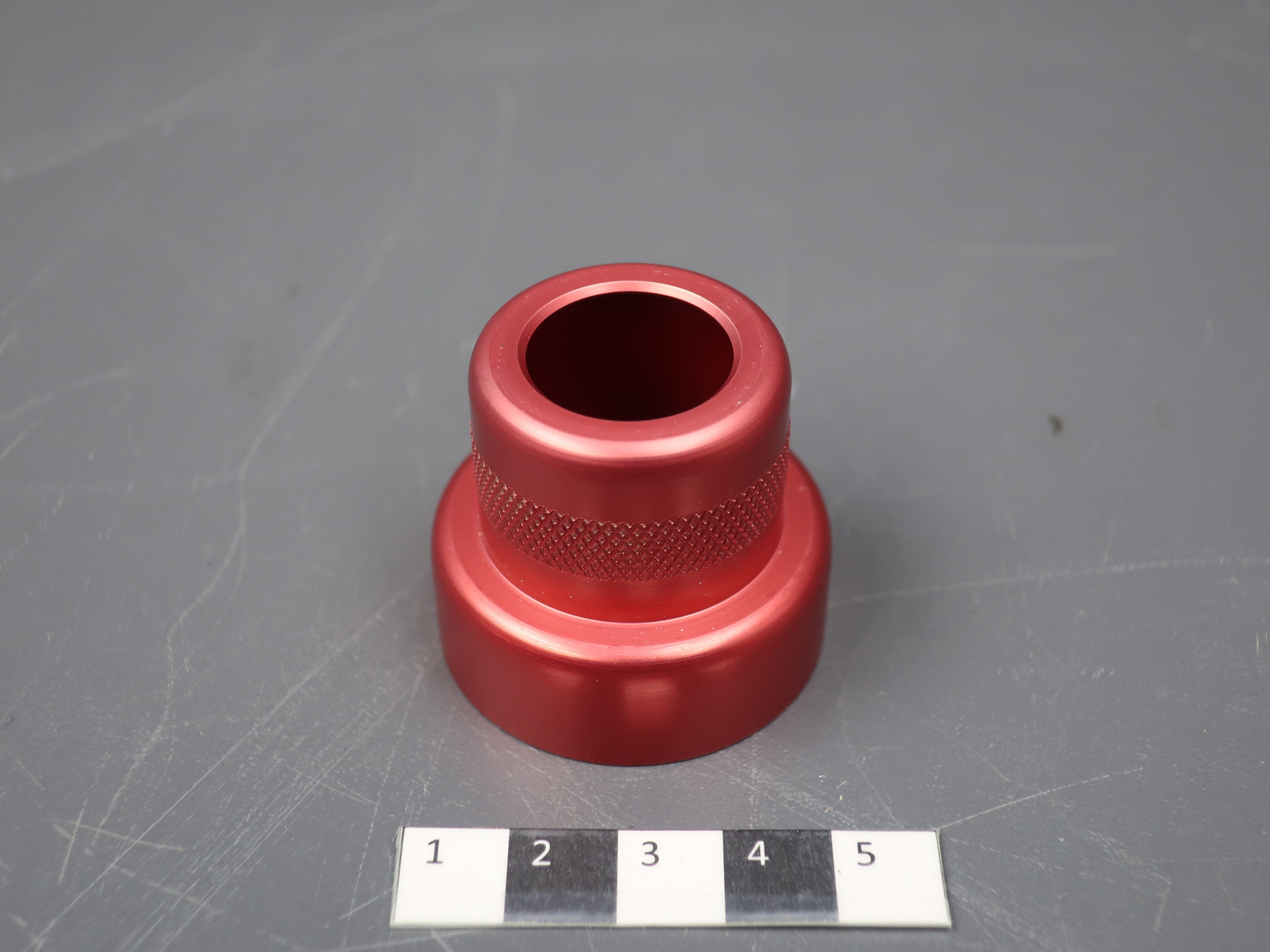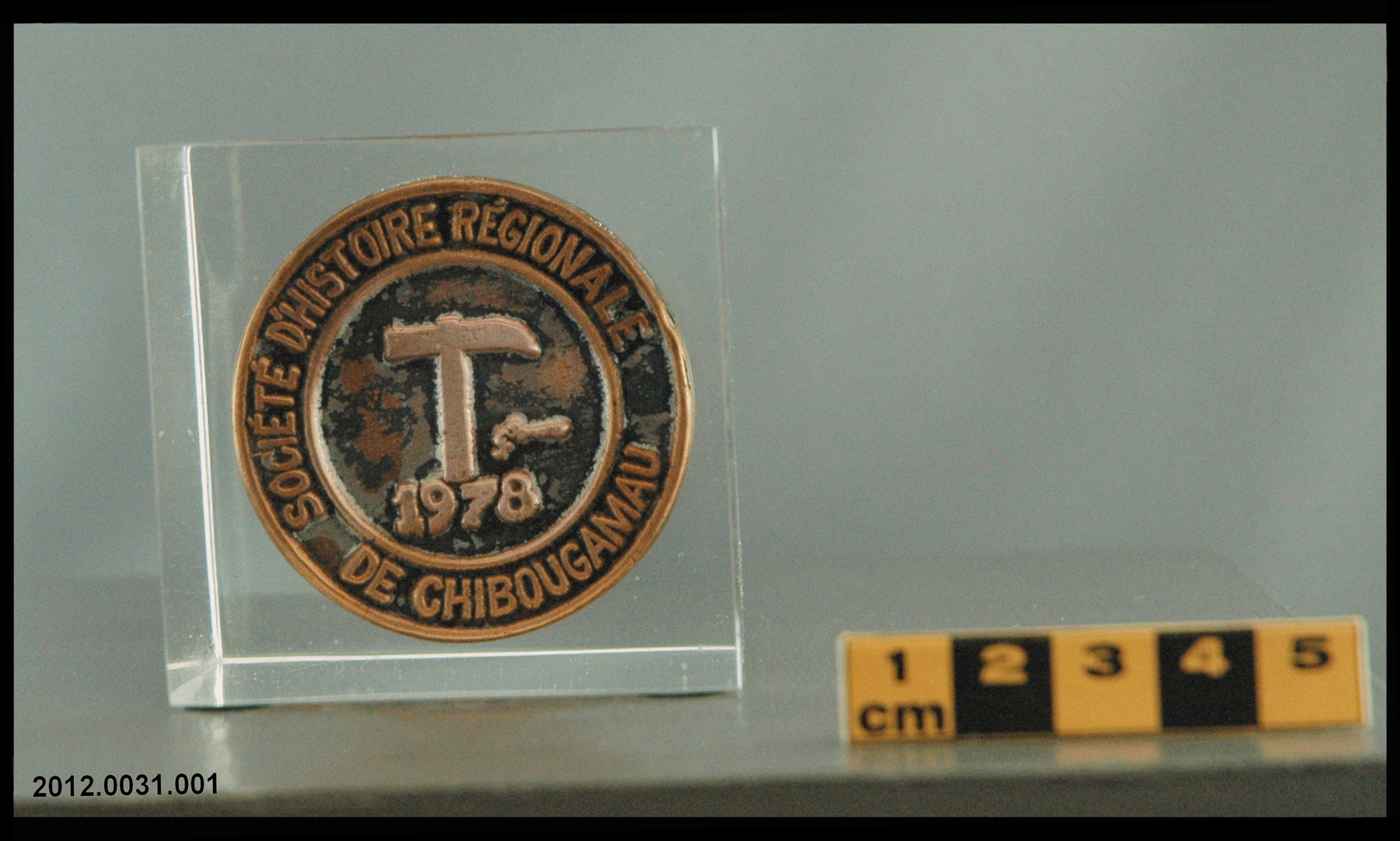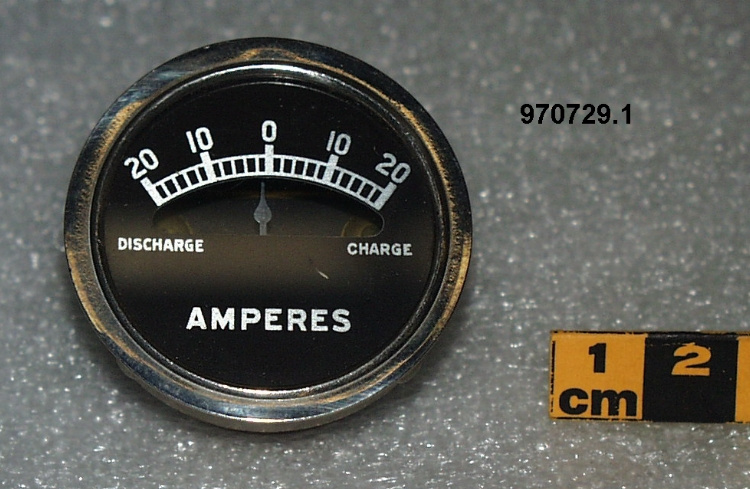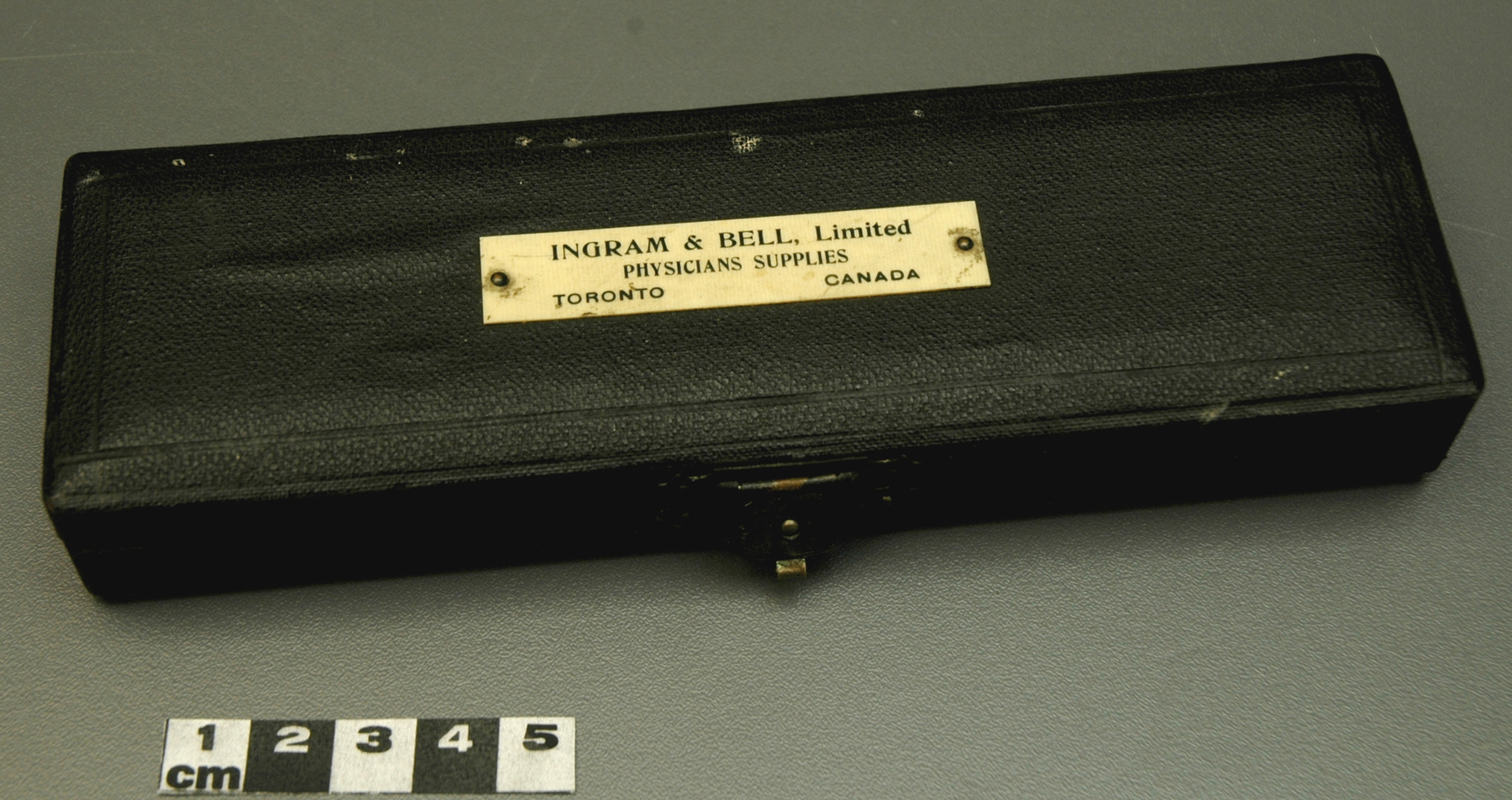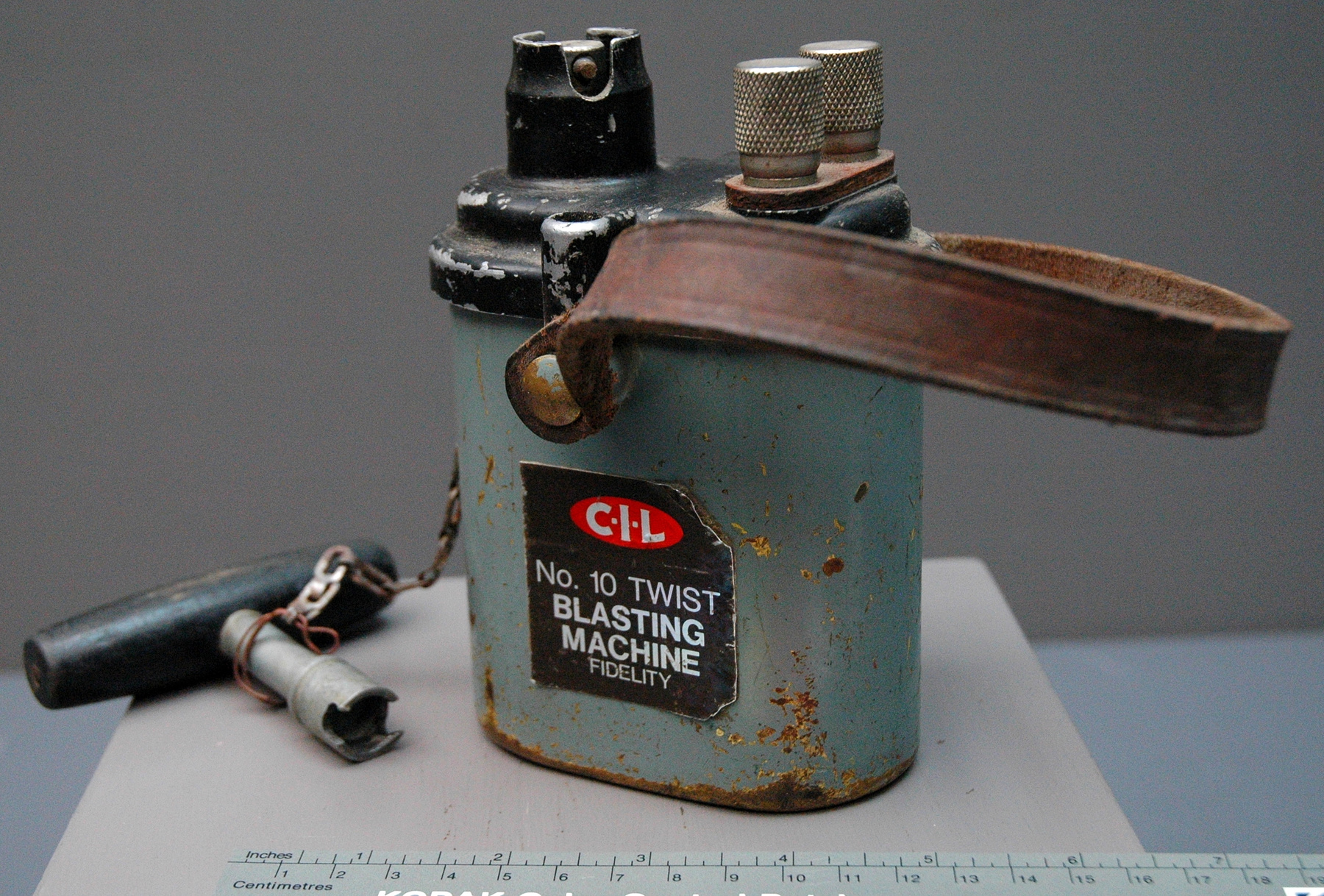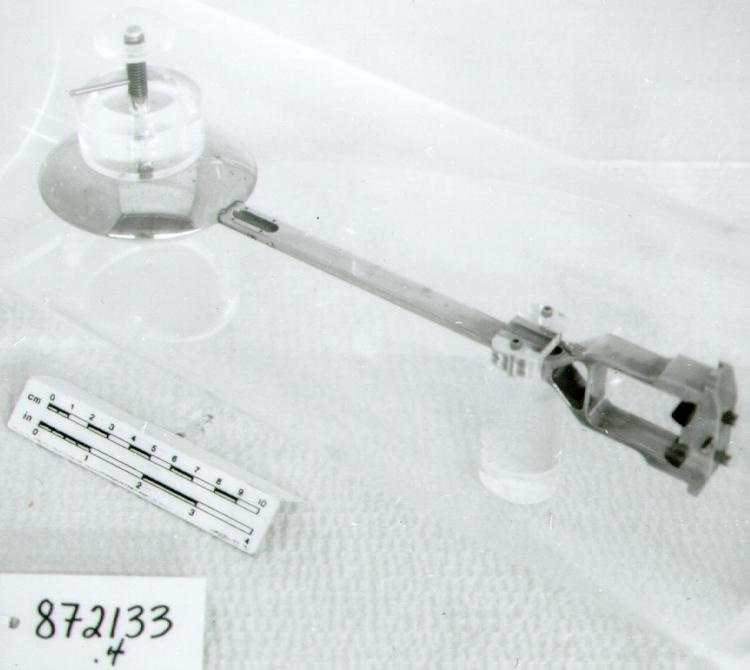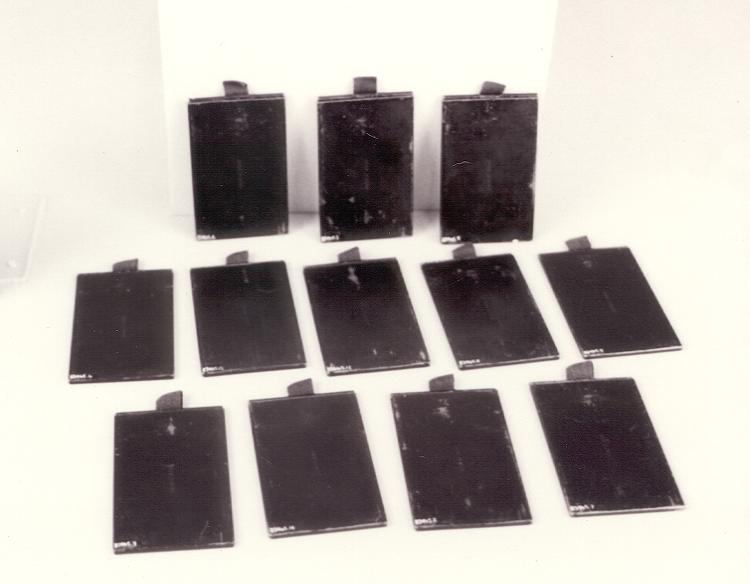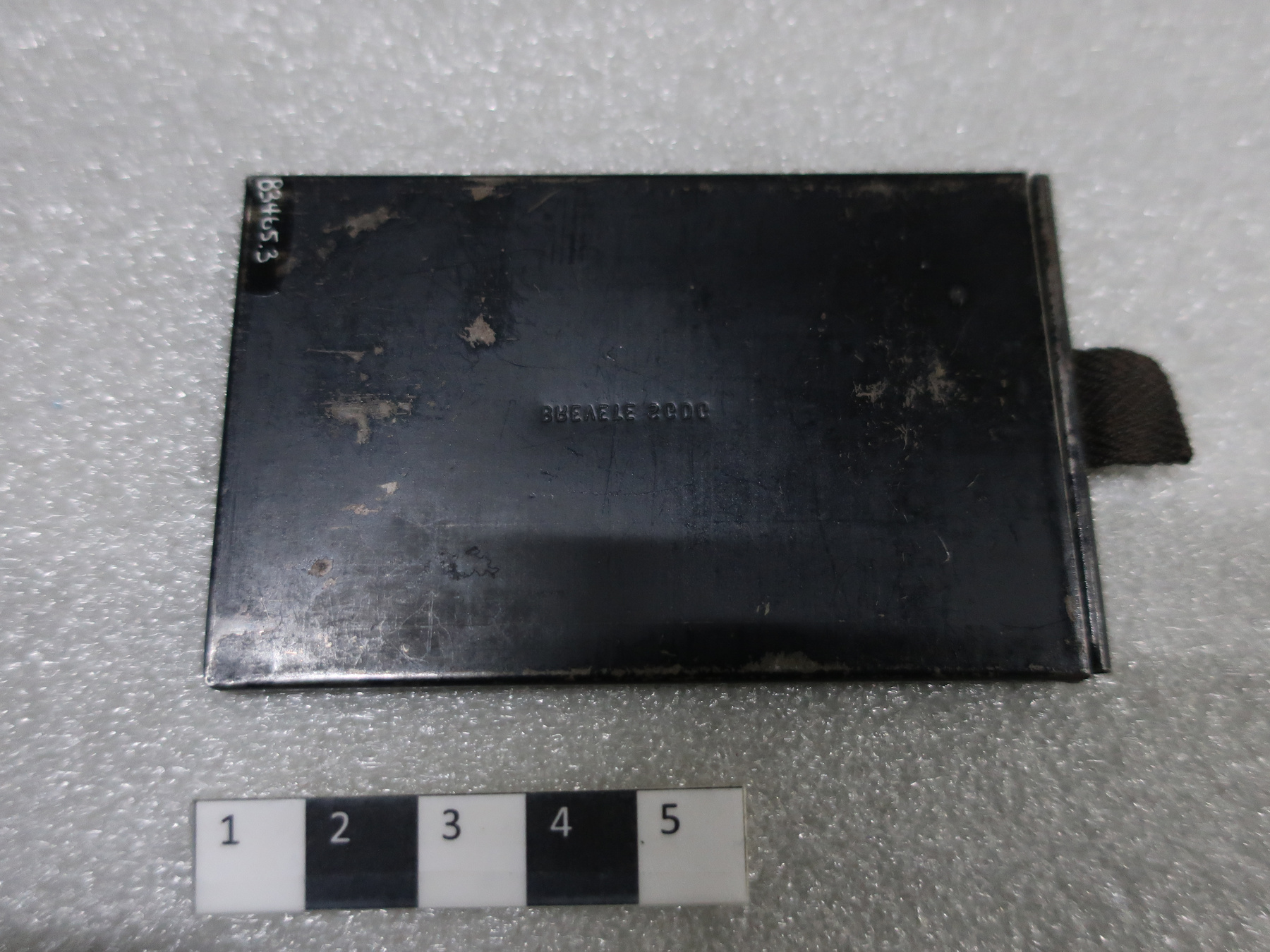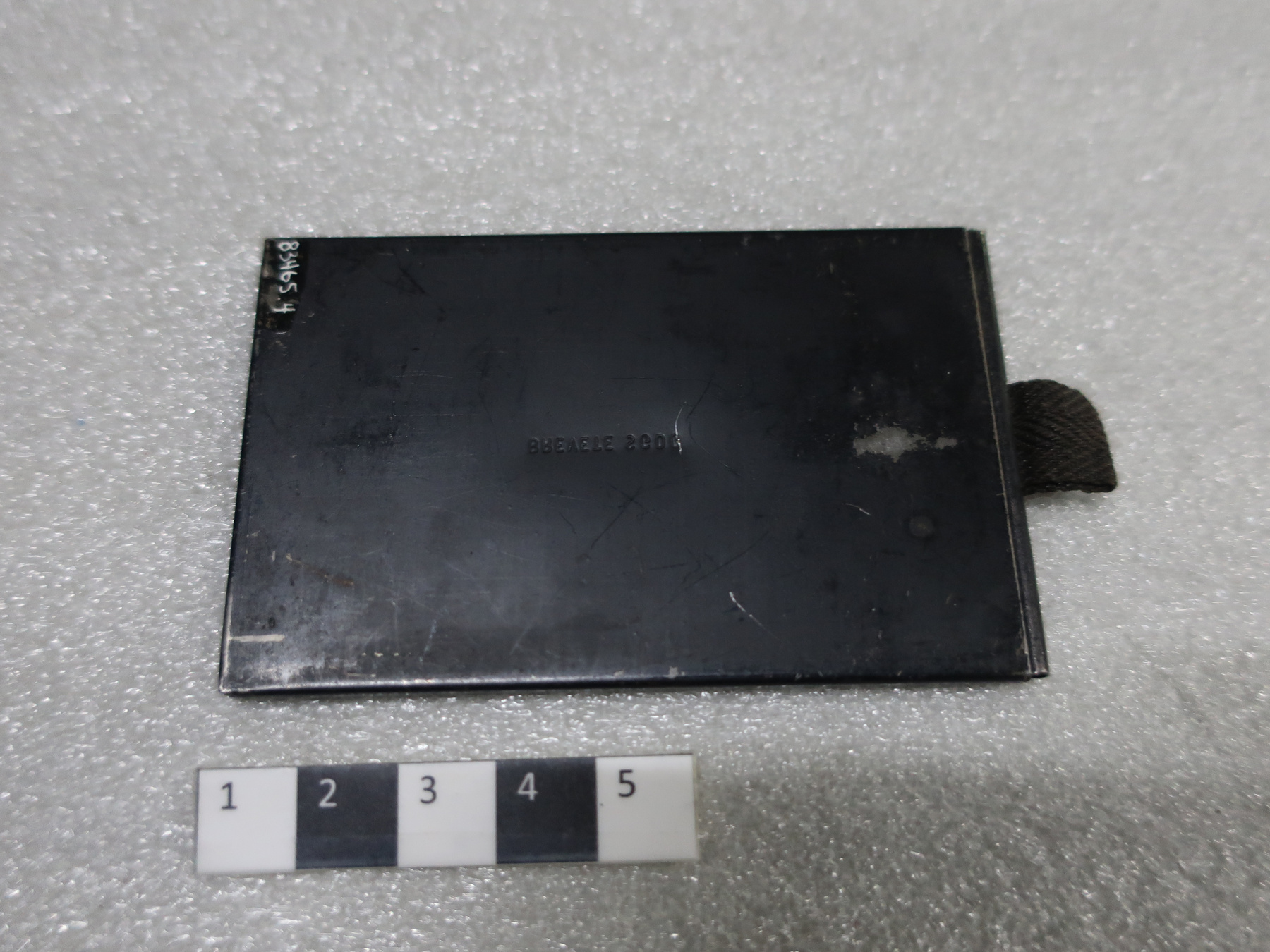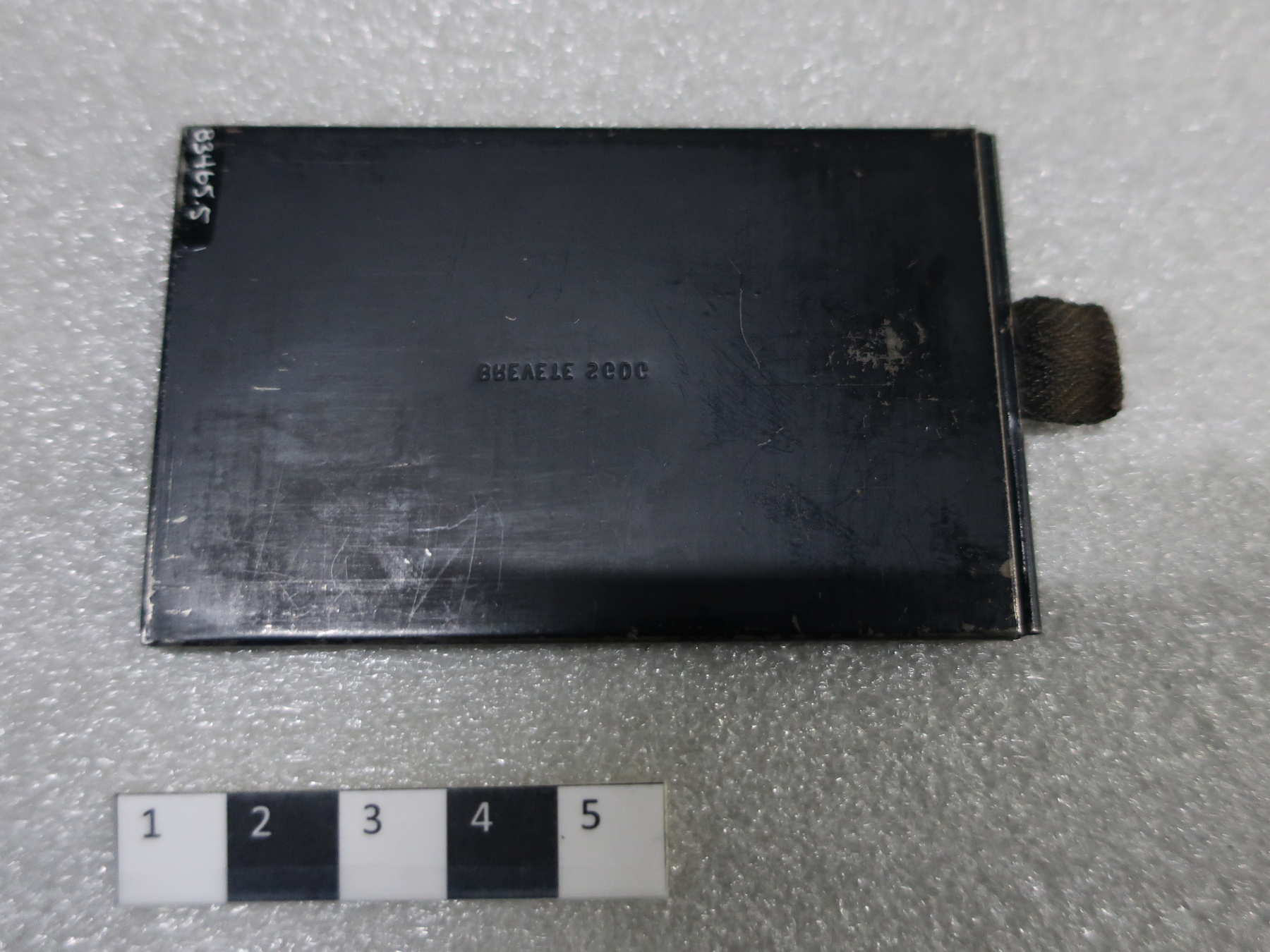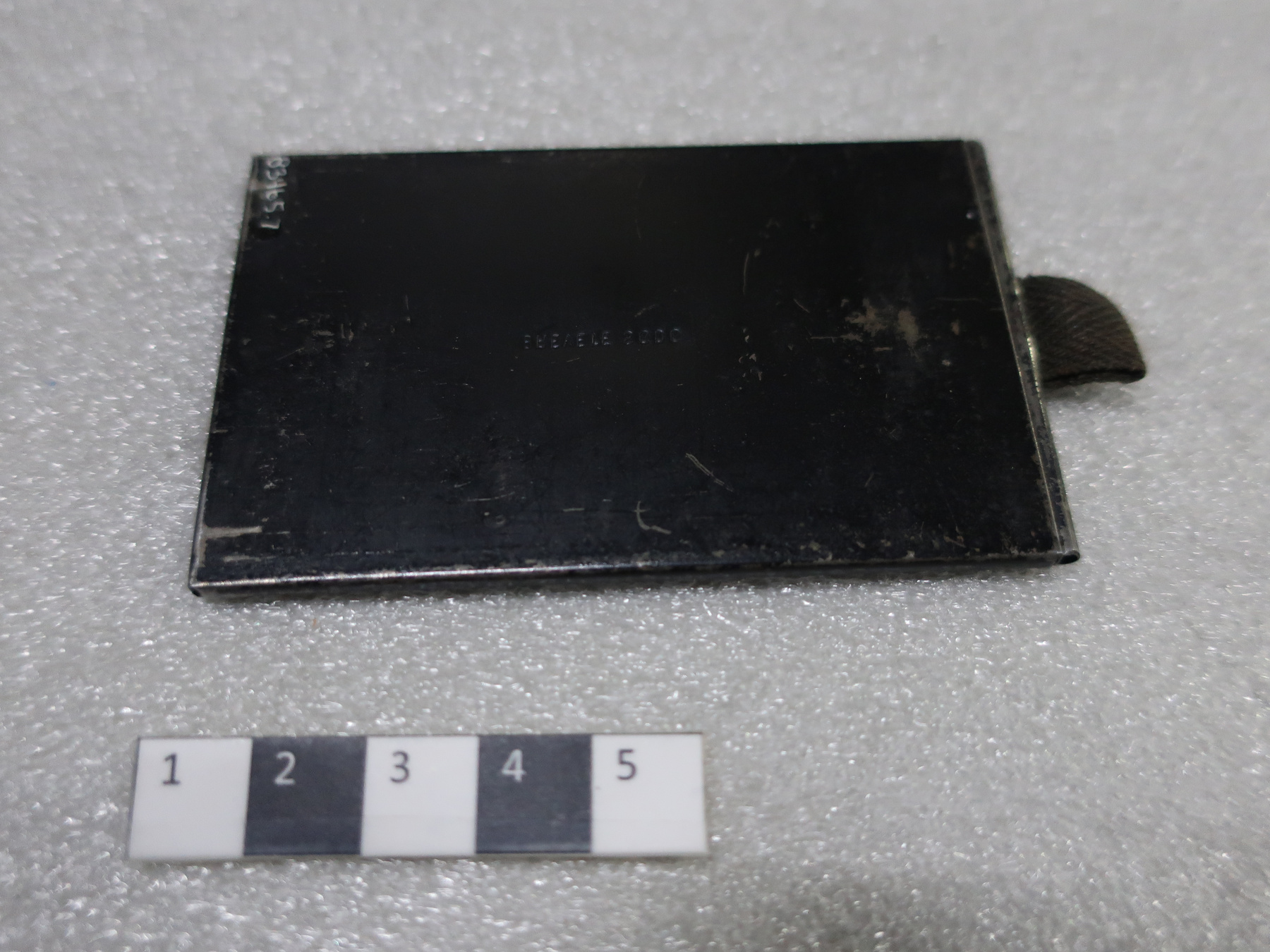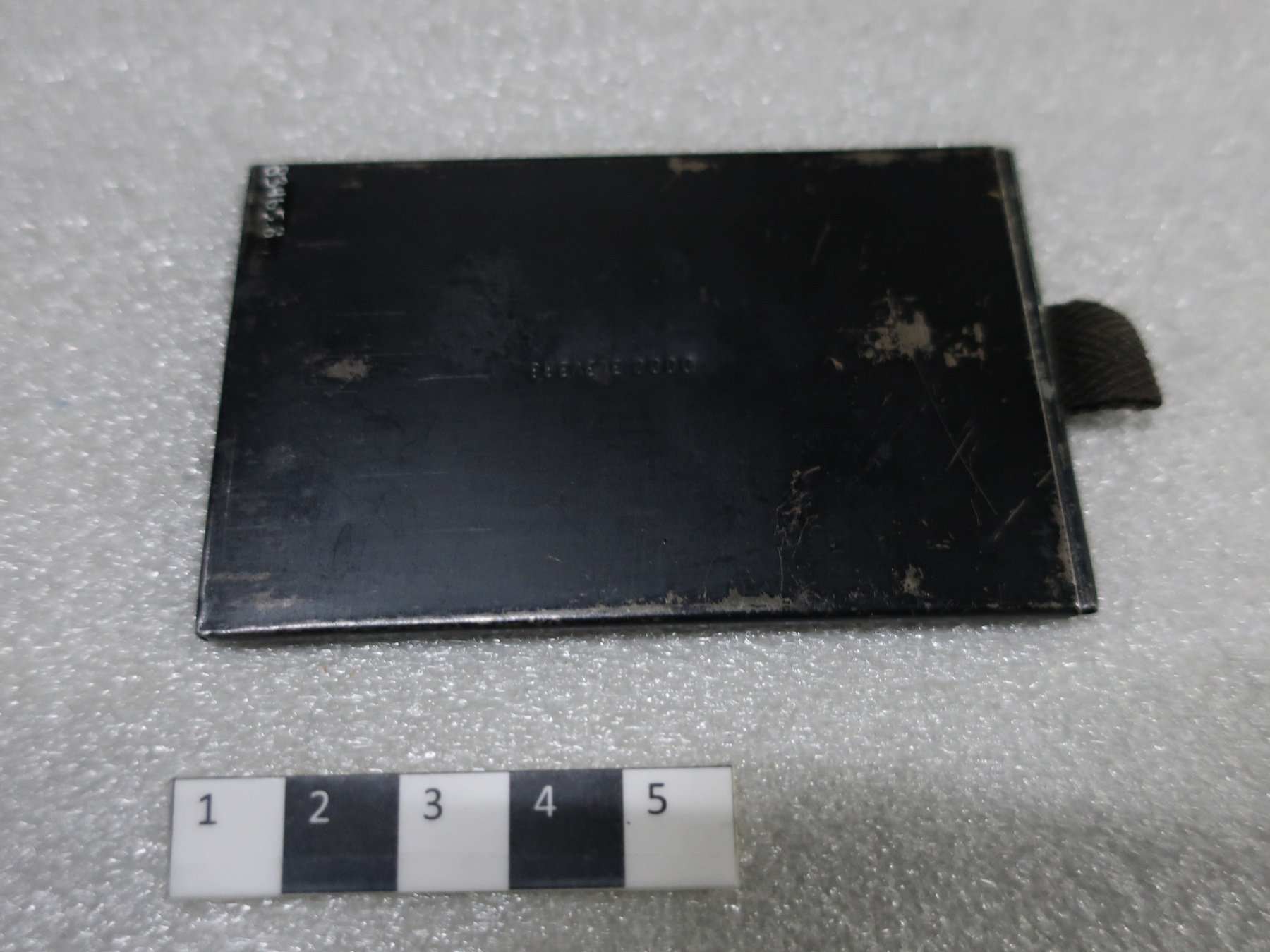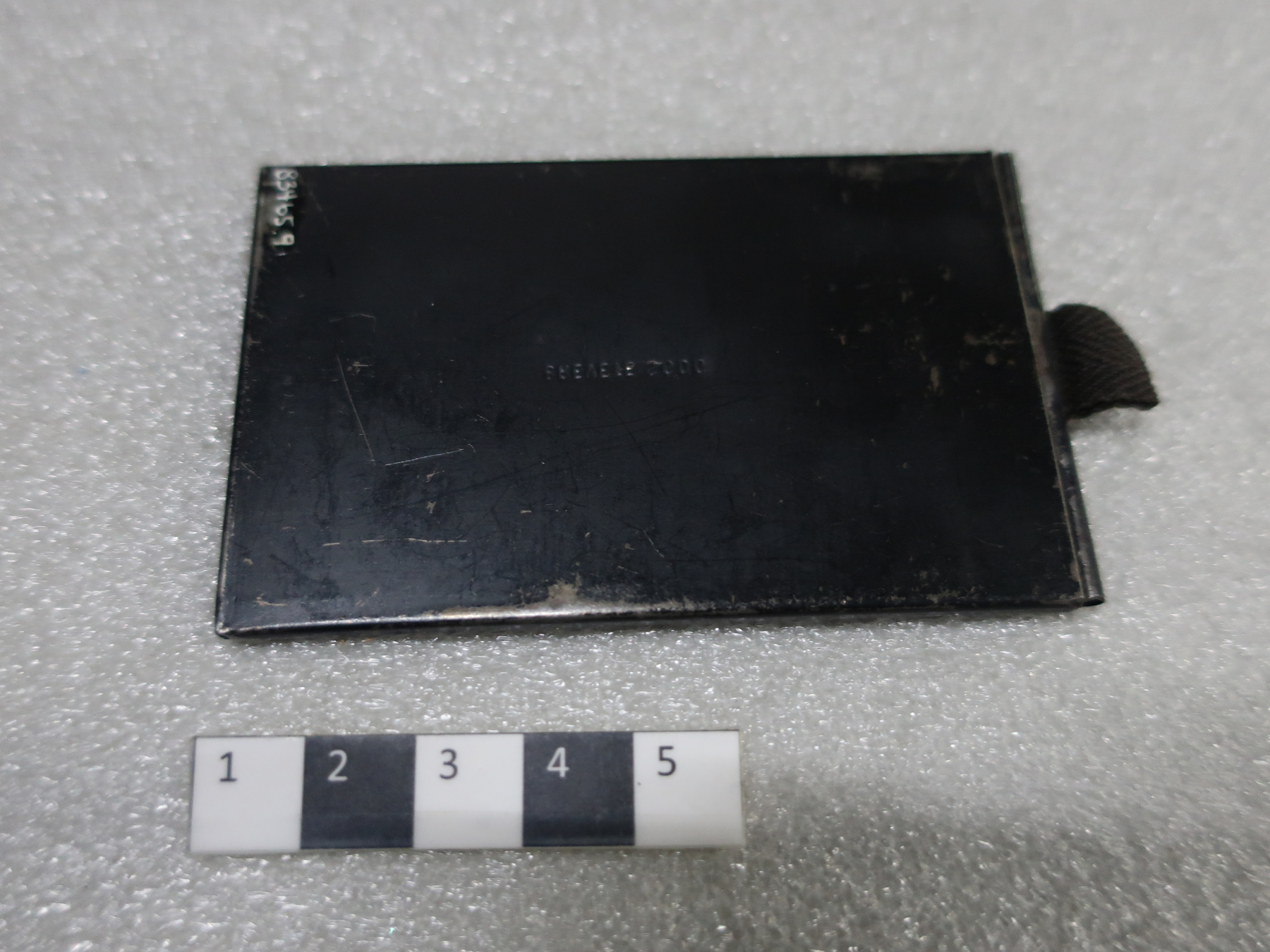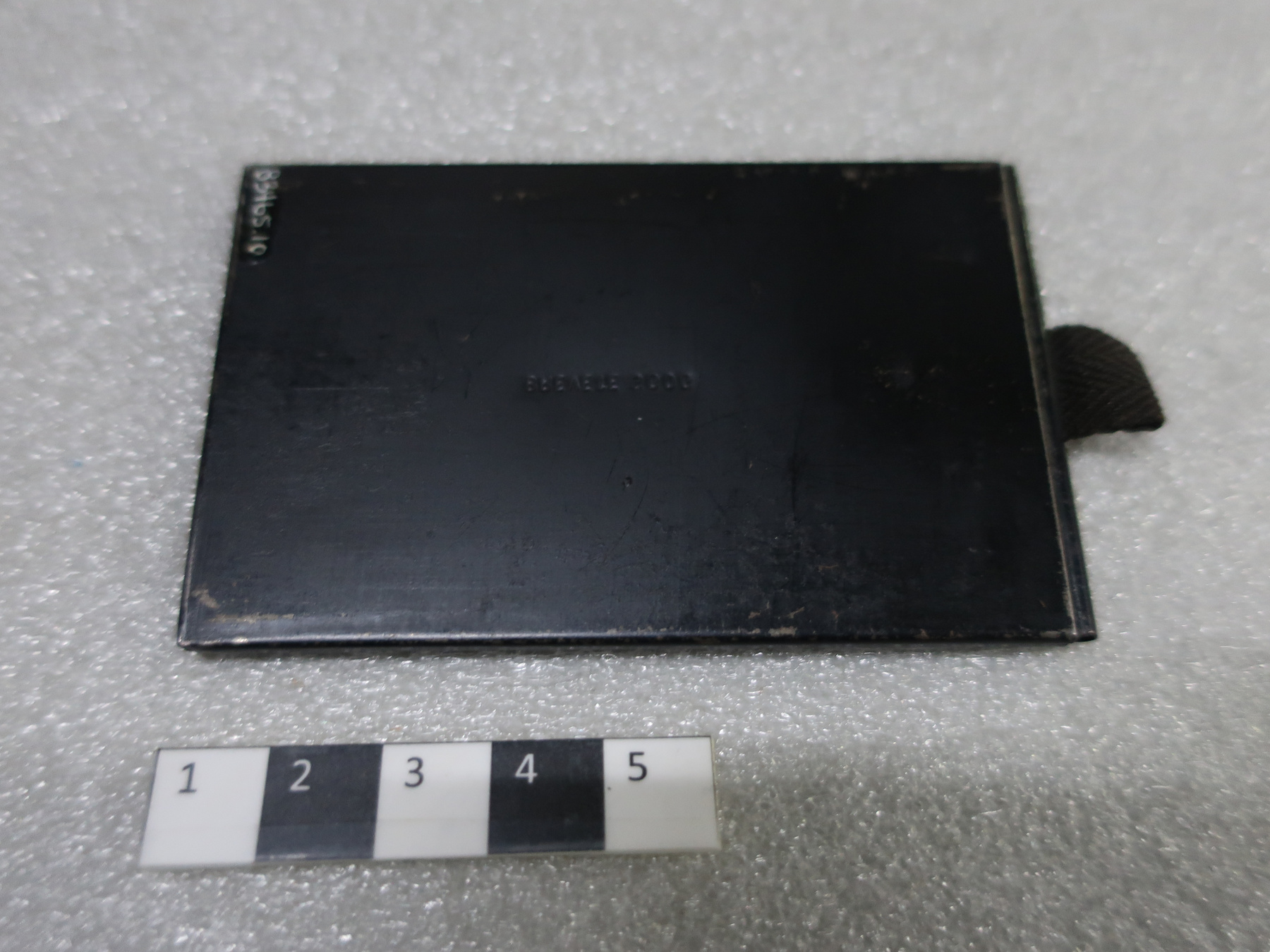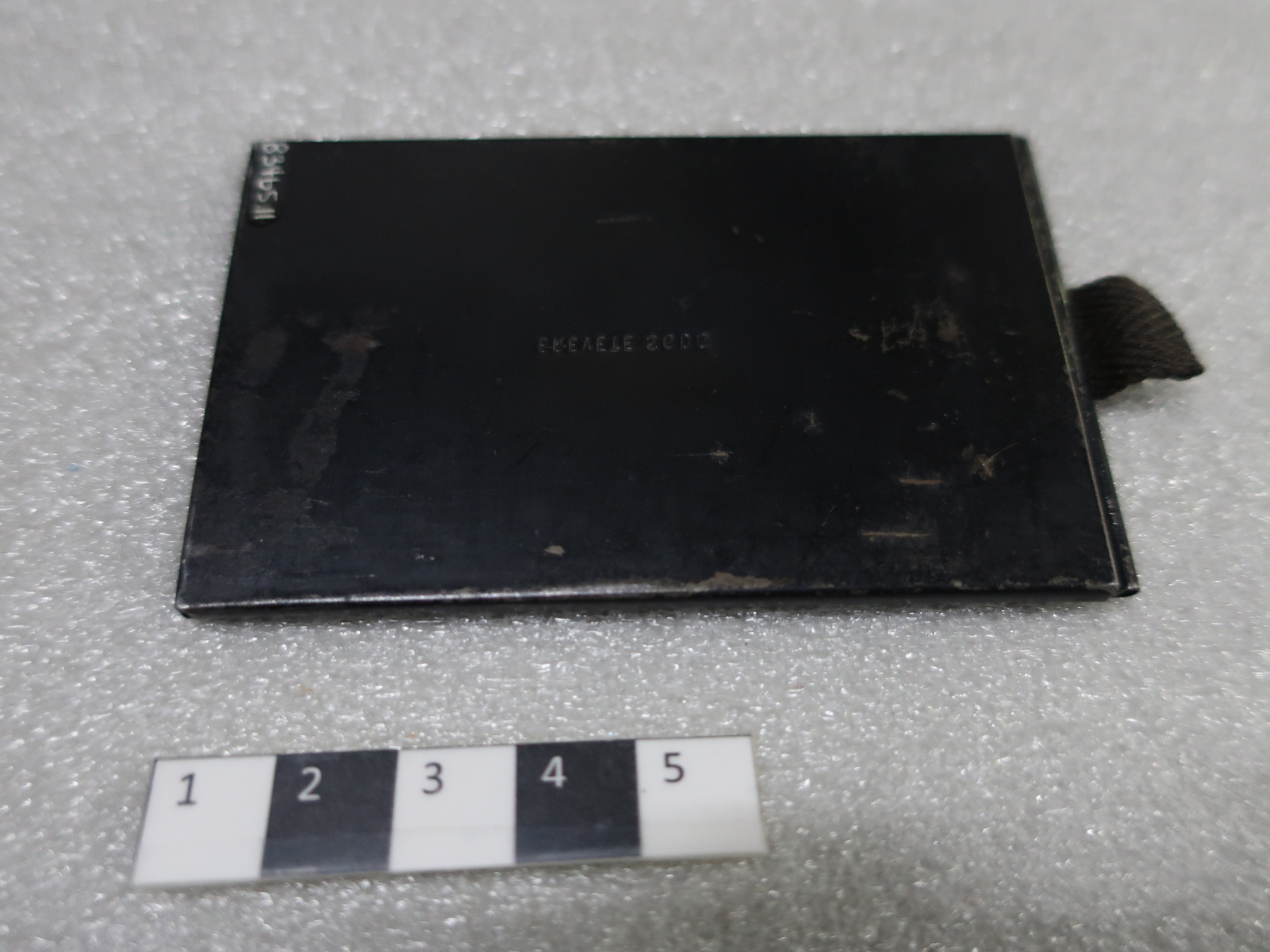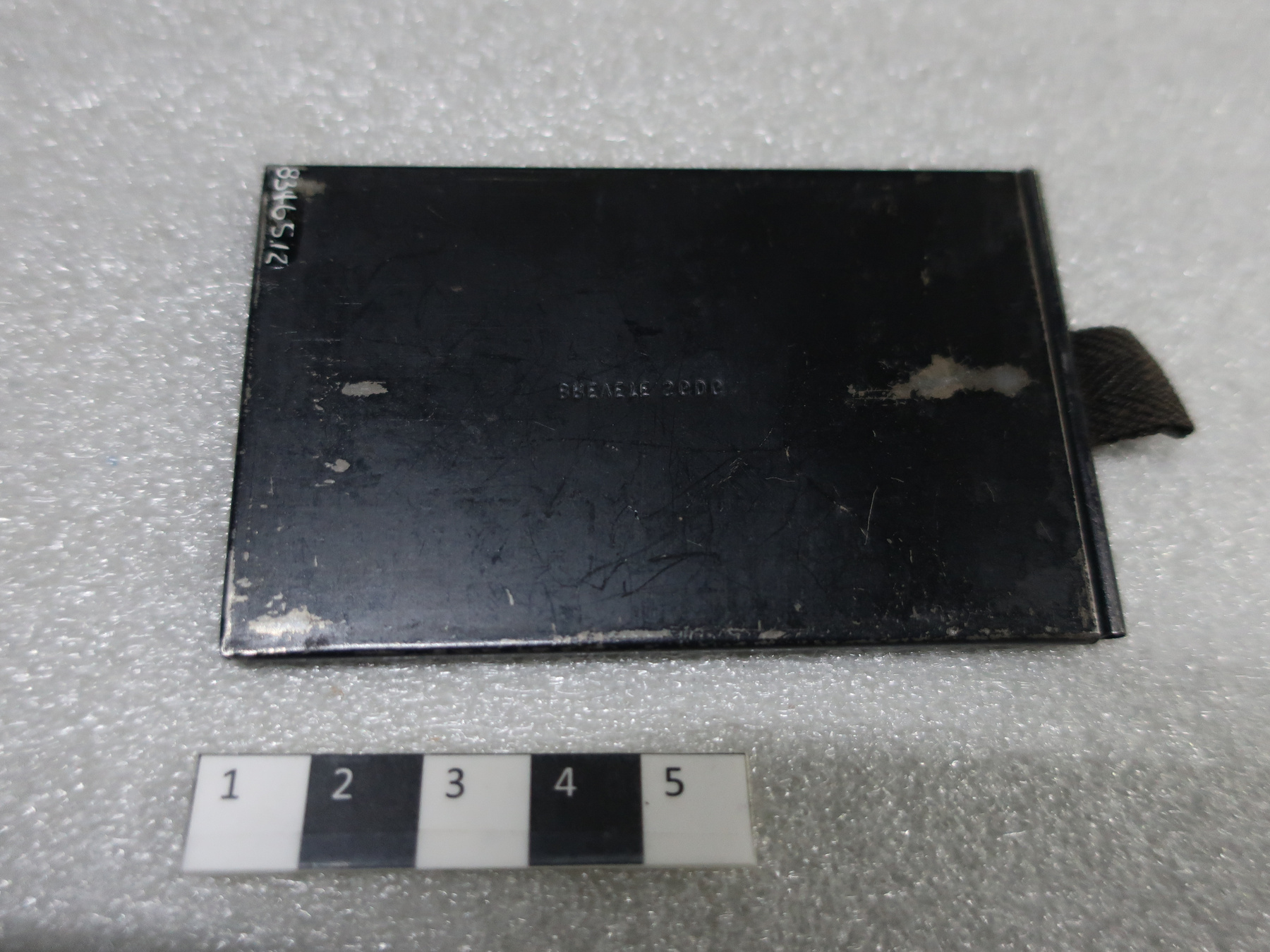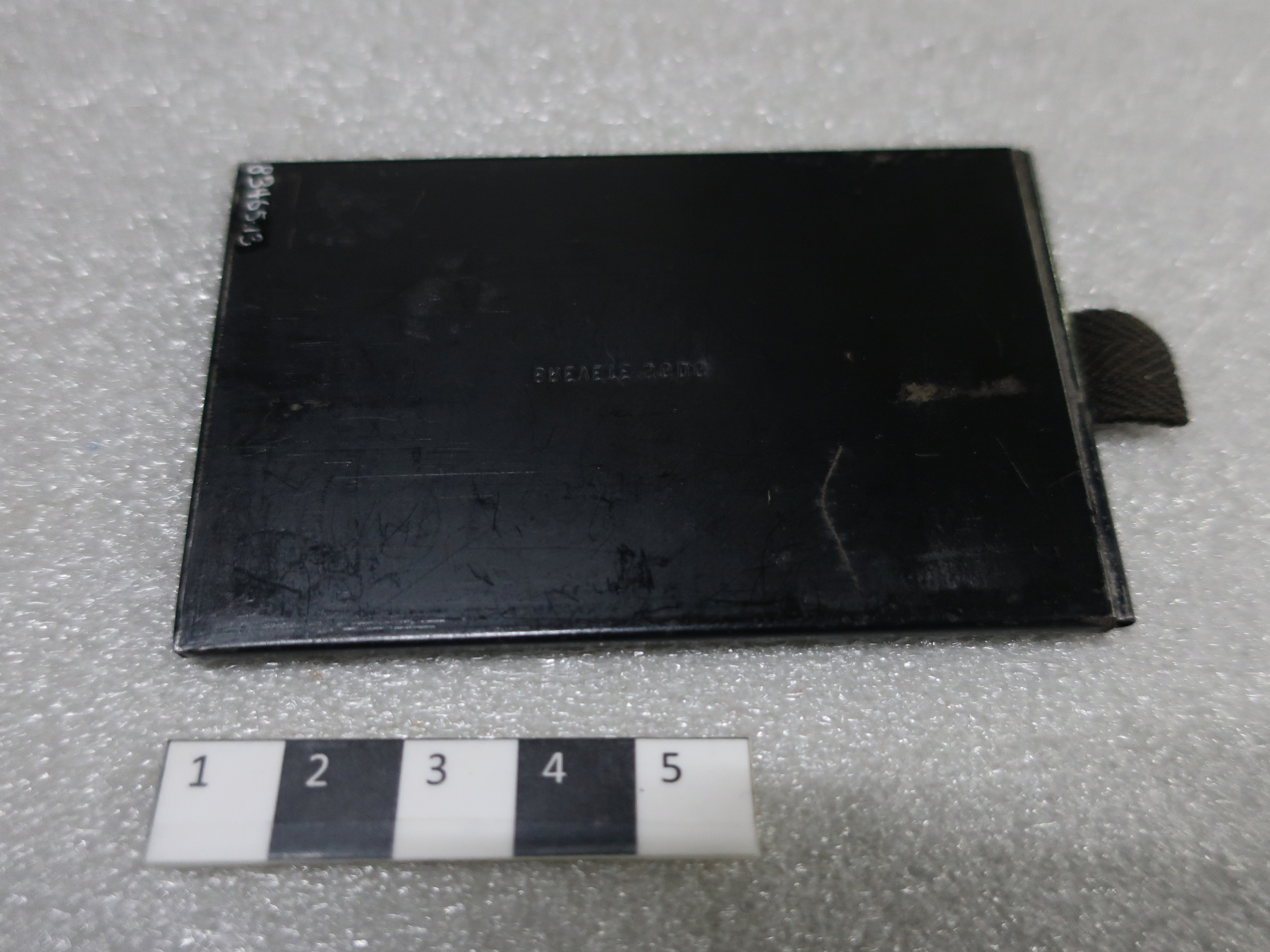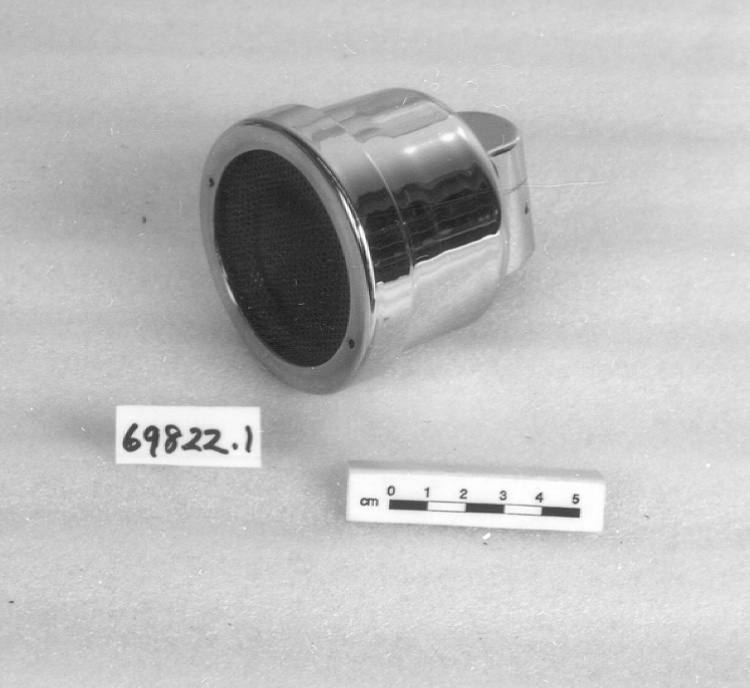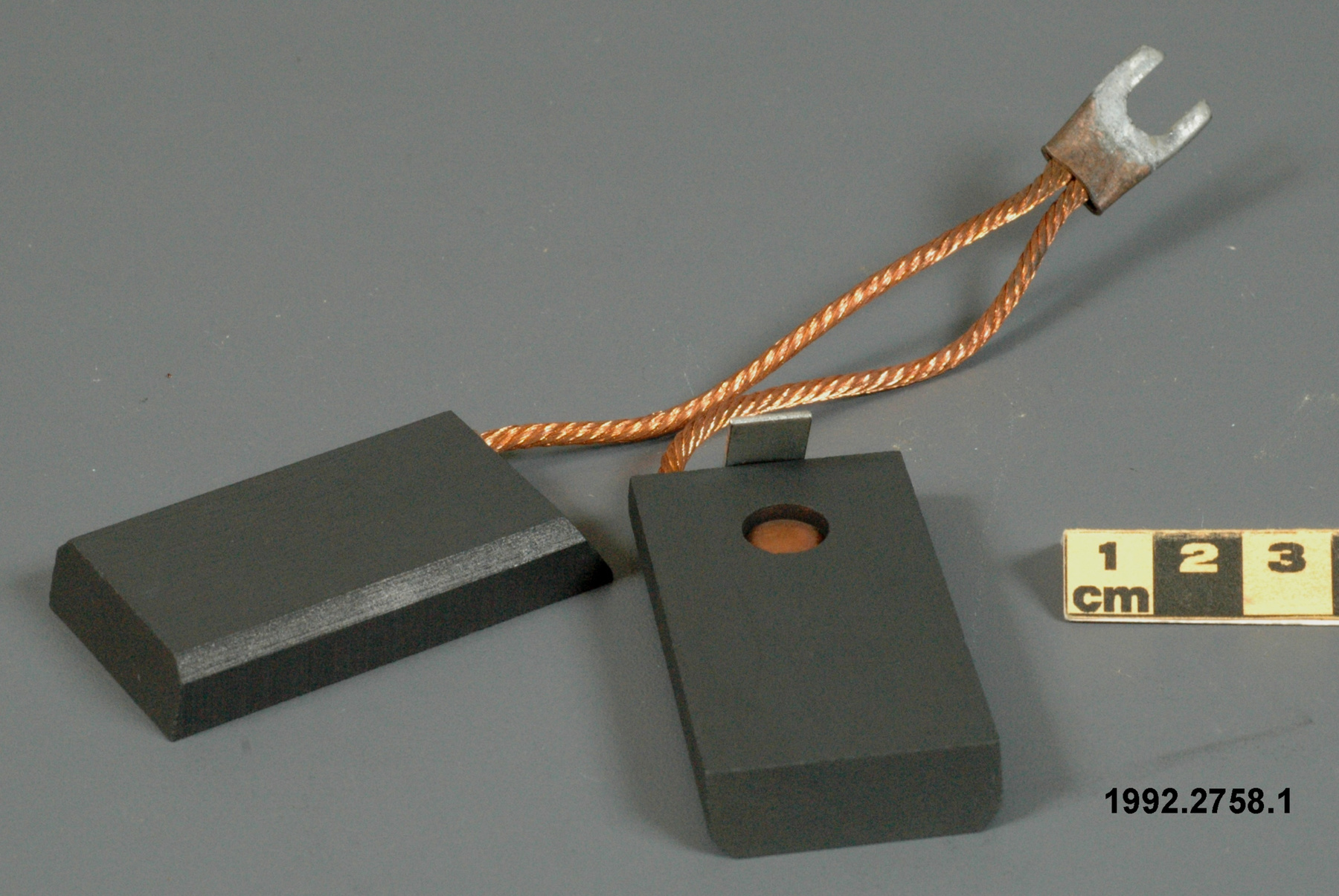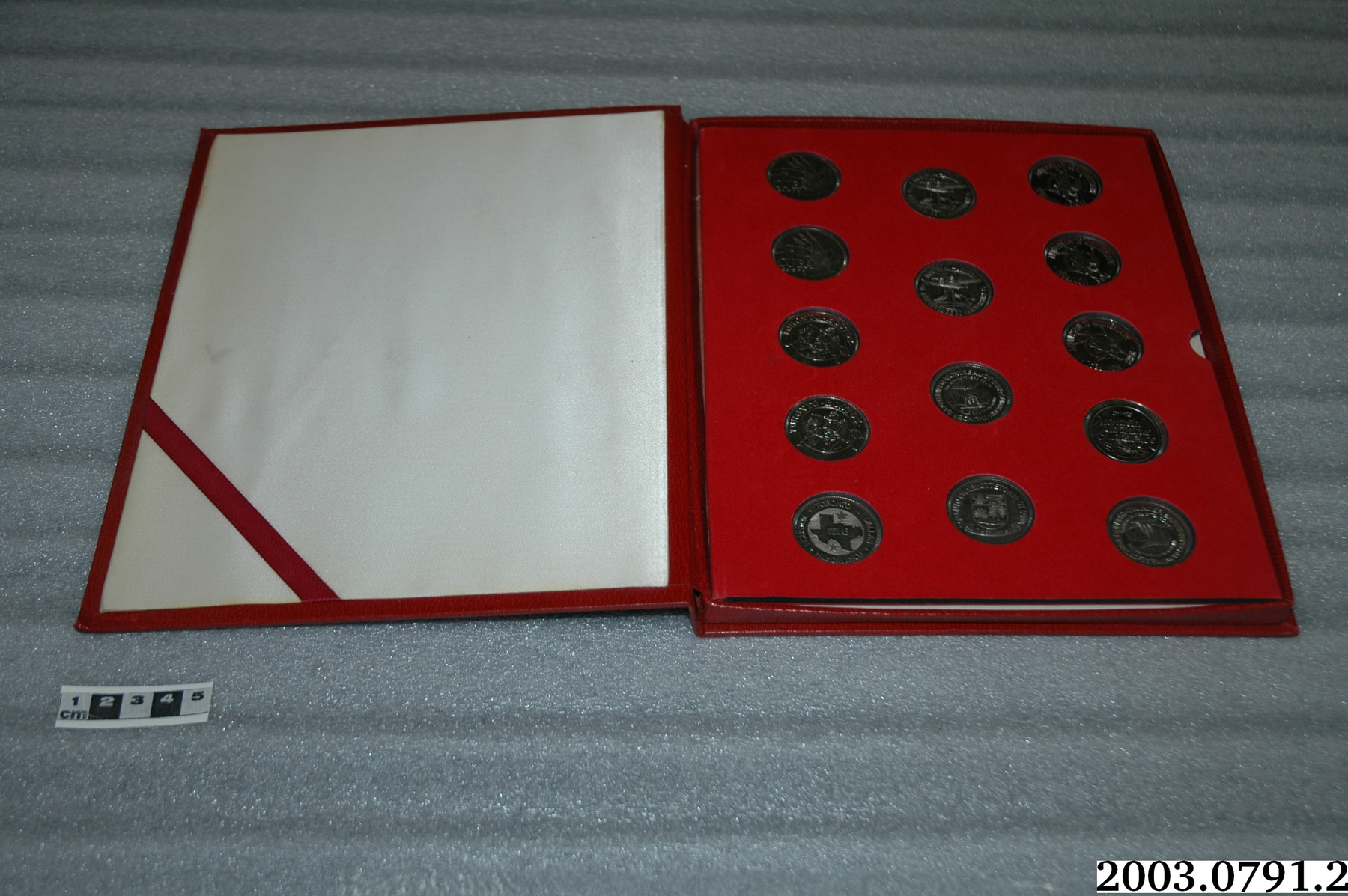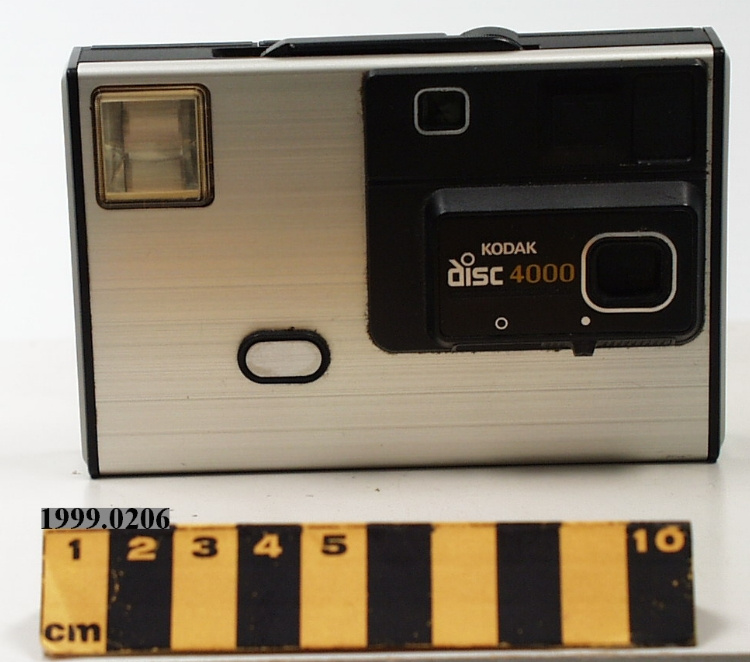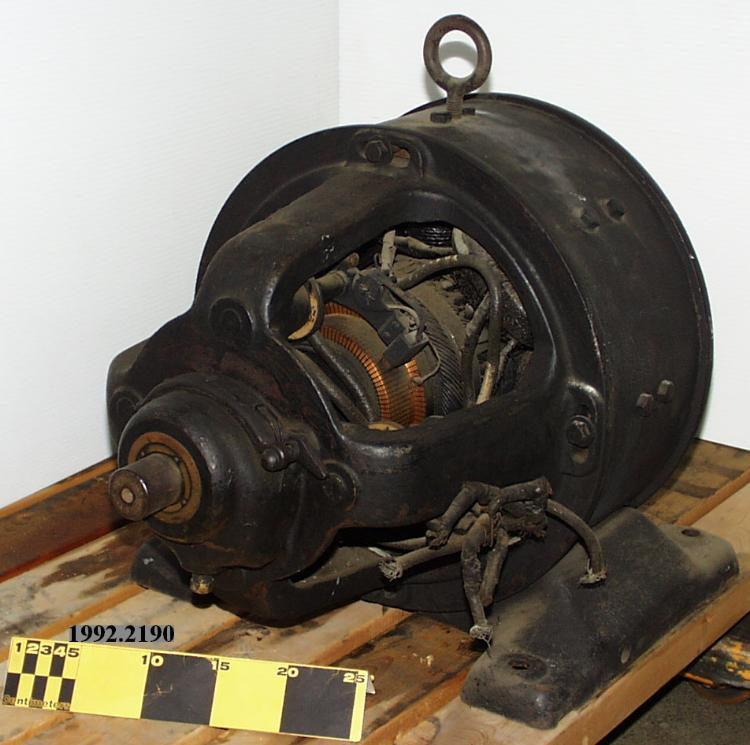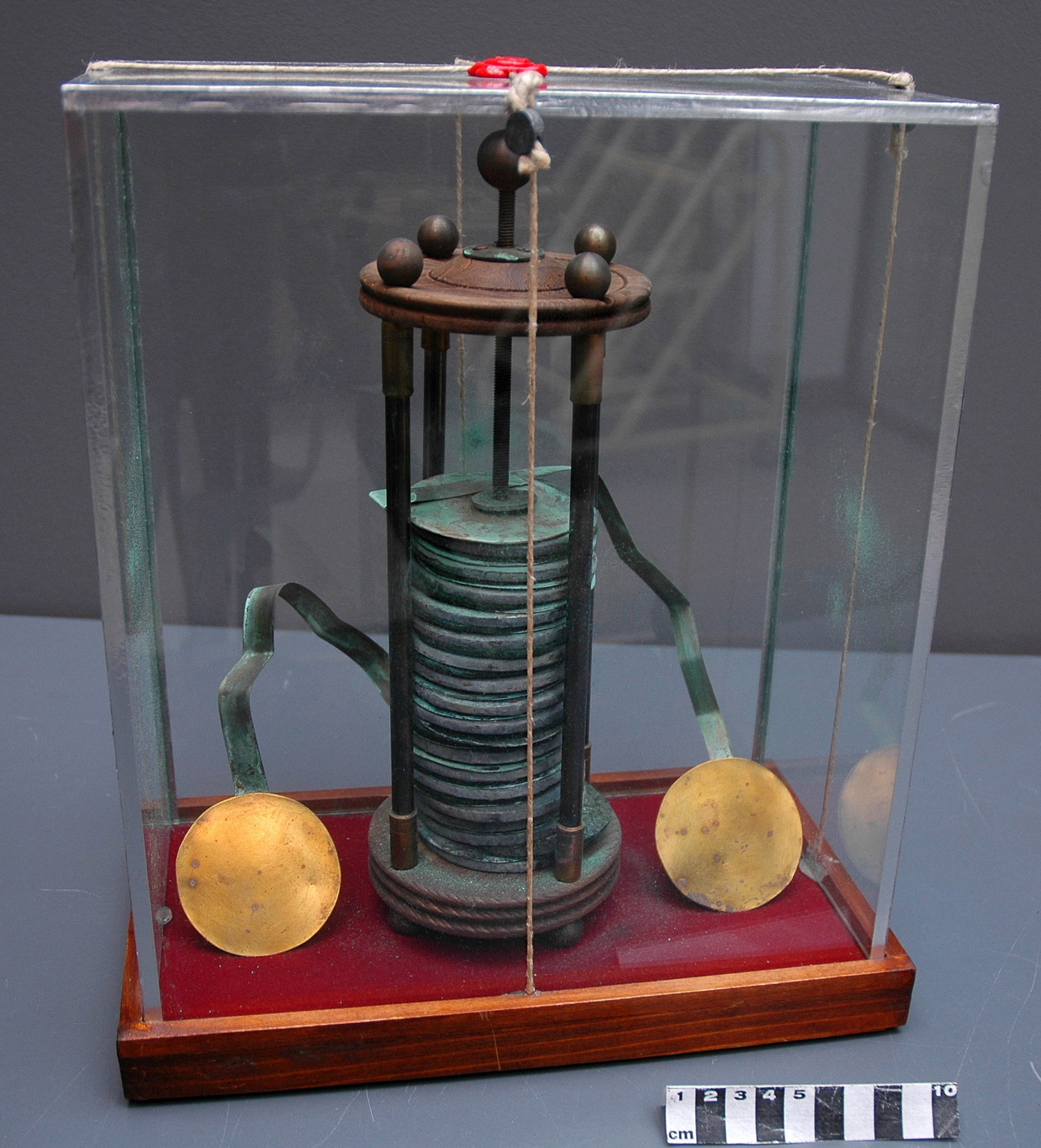Voltaic pile replica
Utiliser cette image
Puis-je réutiliser cette image sans autorisation? Oui
Les images sur le portail de la collection d’Ingenium ont la licence Creative Commons suivante :
Copyright Ingenium / CC BY-NC-ND (Attribution-NonCommercial 4.0 International (CC BY-NC 4.0)
ATTRIBUER CETTE IMAGE
Ingenium,
2010.0087.001
Permalien:
Ingenium diffuse cette image sous le cadre de licence Creative Commons et encourage son téléchargement et sa réutilisation à des fins non commerciales. Veuillez mentionner Ingenium et citer le numéro de l’artefact.
TÉLÉCHARGER L’IMAGEACHETER CETTE IMAGE
Cette image peut être utilisée gratuitement pour des fins non commerciales.
Pour un usage commercial, veuillez consulter nos frais de reproduction et communiquer avec nous pour acheter l’image.
- TYPE D’OBJET
- S/O
- DATE
- 1999
- NUMÉRO DE L’ARTEFACT
- 2010.0087.001
- FABRICANT
- Inconnu
- MODÈLE
- Inconnu
- EMPLACEMENT
- Côme, Italie
Plus d’information
Renseignements généraux
- Nº de série
- S/O
- Nº de partie
- 1
- Nombre total de parties
- 2
- Ou
- Volta pile
- Brevets
- S/O
- Description générale
- Zinc and copper discs separated by cloth soaked in salt water are stacked on metal [bronze ?] and wood form; pile is housed within wood and clear plexiglass case: inside case, pile rests on dark red velvet [?] base; case is "sealed" by string, and grey lead and red wax seals. Edges of plexiglass cover have bright silver finish.
Dimensions
Remarque : Cette information reflète la taille générale pour l’entreposage et ne représente pas nécessairement les véritables dimensions de l’objet.
- Longueur
- 28,1 cm
- Largeur
- 16,0 cm
- Hauteur
- 33,3 cm
- Épaisseur
- S/O
- Poids
- S/O
- Diamètre
- S/O
- Volume
- S/O
Lexique
- Groupe
- Physique
- Catégorie
- Électrique
- Sous-catégorie
- S/O
Fabricant
- Ou
- Guatterini
- Pays
- Italie
- État/province
- Inconnu
- Ville
- Côme
Contexte
- Pays
- Canada
- État/province
- Inconnu
- Période
- This replica presumably displayed 1999 +
- Canada
-
Inconnu - Fonction
-
To demonstrate appearance of Voltaic pile, used to produce a continuous electrical current. - Technique
-
The Voltaic pile developed out of a disagreement between Italian physicists Alessandro Volta and Luigi Galvani in the late 18th century. Galvani observed that dissected frog's legs twitch when they are part of a circuit that includes two different pieces of metal. He concluded that the twitching was due to electricity in the animal. Volta disagreed, arguing that the electricity was created not by the animal, but by the contact of the two different metals. Through experiments that built on his belief, Volta found that a constant electrical current could be formed by a stack of alternating zinc and copper discs divided by cloth or cardboard soaked in salt water. He announced his findings in 1800. Physicists throughout Europe and America quickly built their own versions of the pile and used them to conduct various types of experiments. There are two major ways in which the technical significance of the Voltaic pile should be considered. First, it is the foundation of stored electricity and the ancestor of the modern battery. Second, Volta's invention is central to the history of science and medicine because the development of the pile expanded the type of experiments that could be conducted using electricity. Previous to Volta's discovery, scientists depended on static charges, which provided powerful but brief jolts of energy. With the pile, scientists had a weak but constant current upon which they could rely. This constant current led to major findings in a number of fields. For instance, chemists were able to break down many compounds into the elements of which they are made. In physics, the pile allowed for further electrical discoveries, including the understanding of the ties between electricity and magnetism. Volta's work also had a great effect on medicine. Galvani had pioneered electrotherapy with his study of how electricity caused muscles to contract, but the Voltaic pile allowed his methods to become standard practice. Surviving original Voltaic piles are rare. This reproduction was one of four made in 1999 by Gelside Guatterini, an electrician at the Volta Museum in Como who had been making reproductions based on the museum's original since the 1980s. Guatterini's devotion to Volta, as well as the fact that he was an employee at the Volta museum, is indicative of the quality of his replicas. He uses the same methods and materials as Volta, and his models are in the collections of a number of museums, including ones in Milan, Pavia, Lyon, and Takamachi. While there is no Guatterini signature on this replica, and it is not accompanied by any Guatterini paper work, there is little doubt that this is a model made by Guatterini. In photos, it closely resembles the Como original, a Guatterini replica in the University of Pavia's collection, and the pile presented to the Pope. A pile similar to the one we have been offered is shown in a television interview with Guatterini. ( See : http://www.youtube.com/watch?v=Jirs-nSTQP8 ) [Ref. 1] - Notes sur la région
-
Inconnu
Détails
- Marques
- None evident.
- Manque
- Appears complete.
- Fini
- Zinc and copper discs separated by cloth soaked in salt water are stacked on metal [bronze ?] and wood form; pile is housed within wood and clear plexiglass case: inside case, pile rests on dark red velvet [?] base; case is "sealed" by string, and grey lead and red wax seals. Edges of plexiglass cover have bright silver finish.
- Décoration
- S/O
FAIRE RÉFÉRENCE À CET OBJET
Si vous souhaitez publier de l’information sur cet objet de collection, veuillez indiquer ce qui suit :
Fabricant inconnu, Voltaic pile replica, 1999, Numéro de l'artefact 2010.0087, Ingenium - Musées des sciences et de l'innovation du Canada, http://collections.ingeniumcanada.org/fr/id/2010.0087.001/
RÉTROACTION
Envoyer une question ou un commentaire sur cet artefact.
Plus comme ceci

